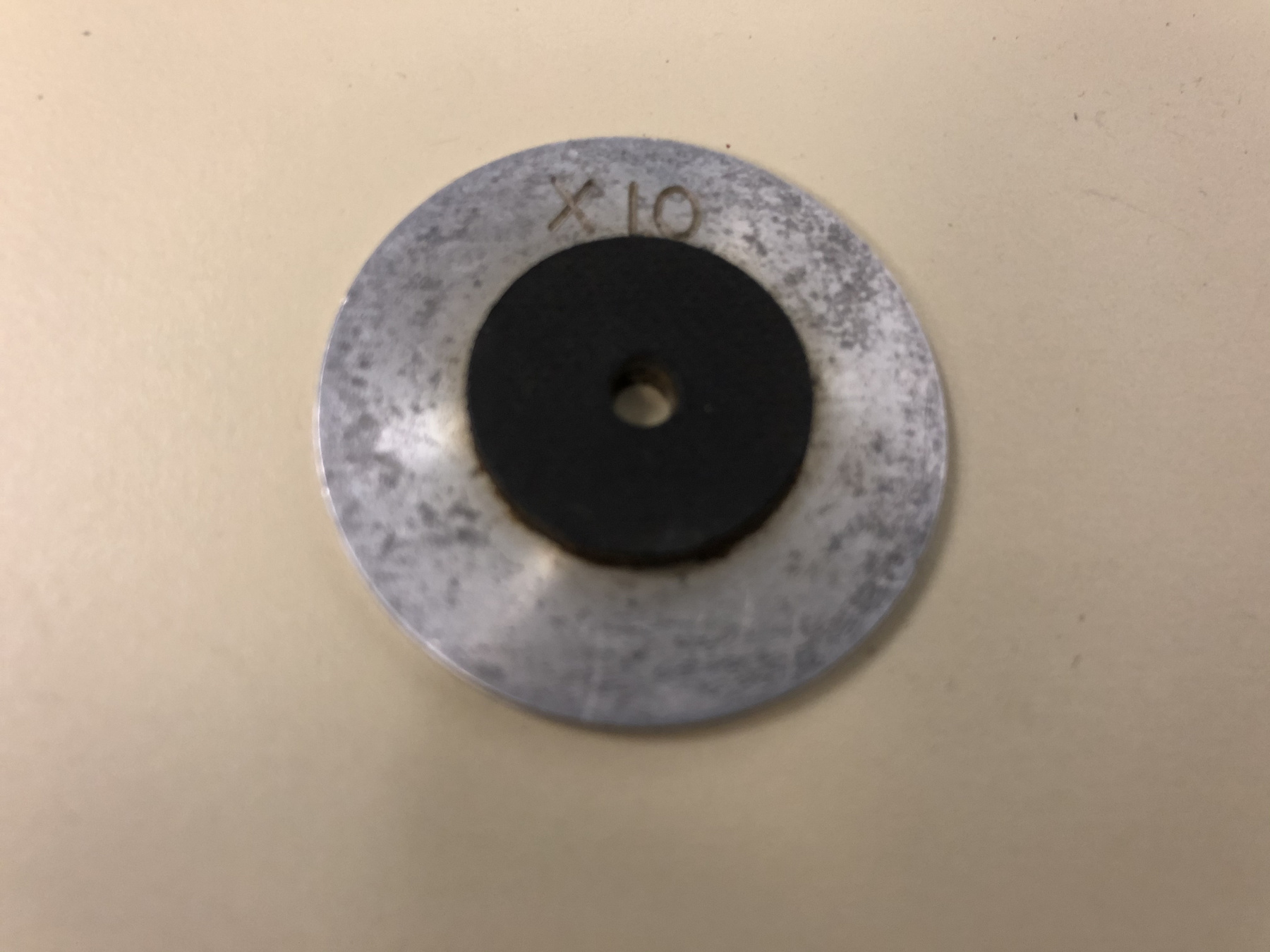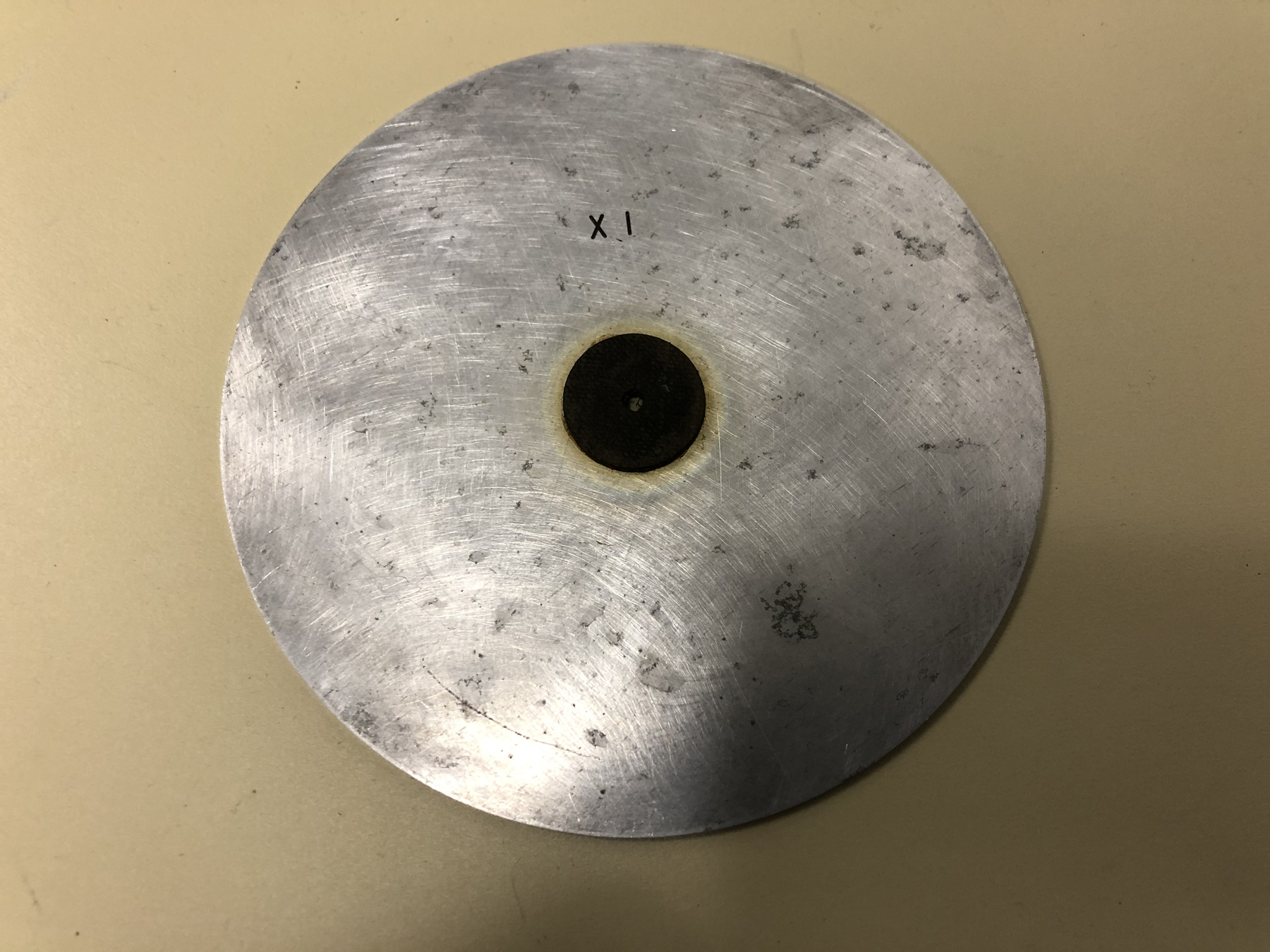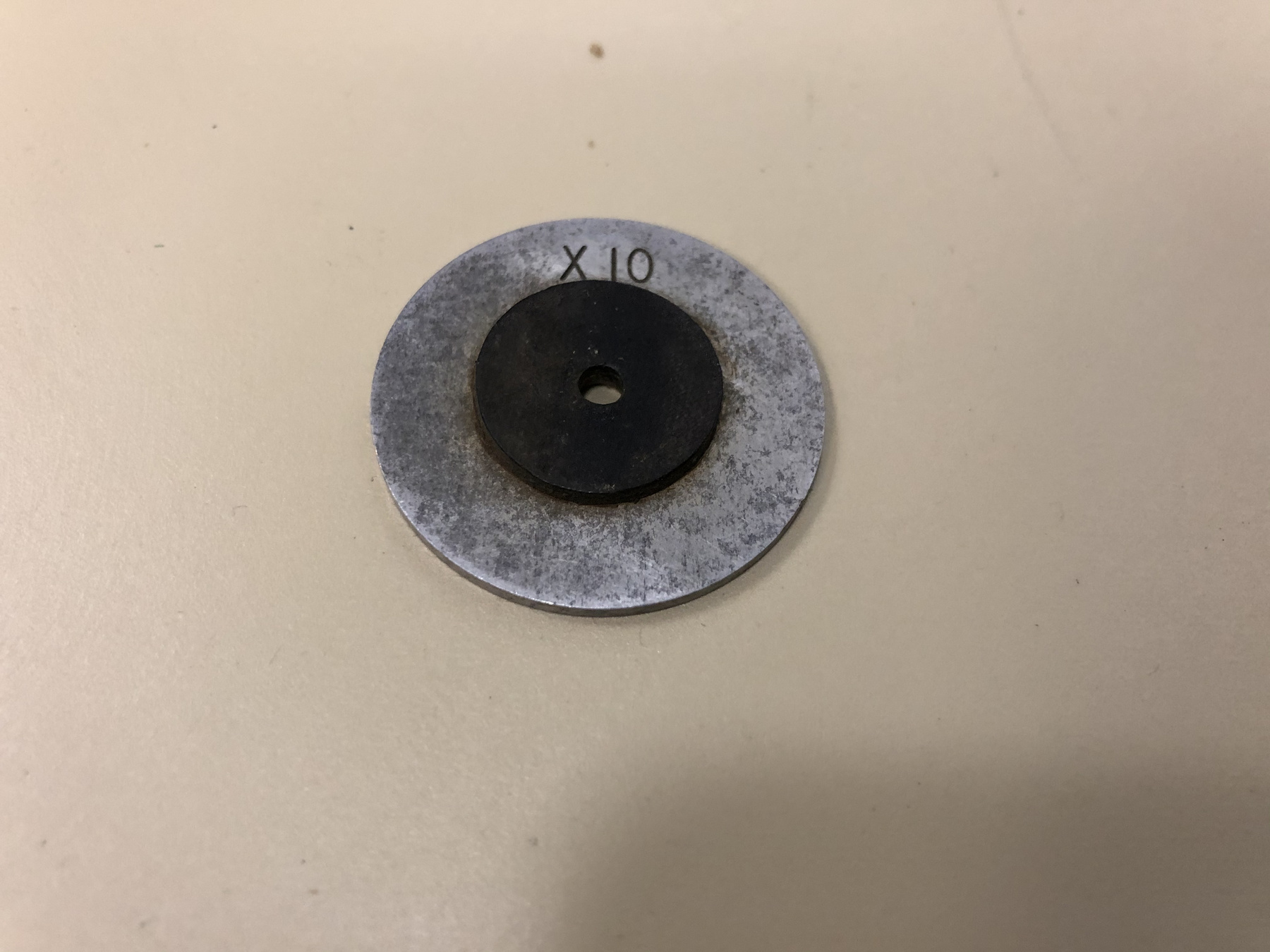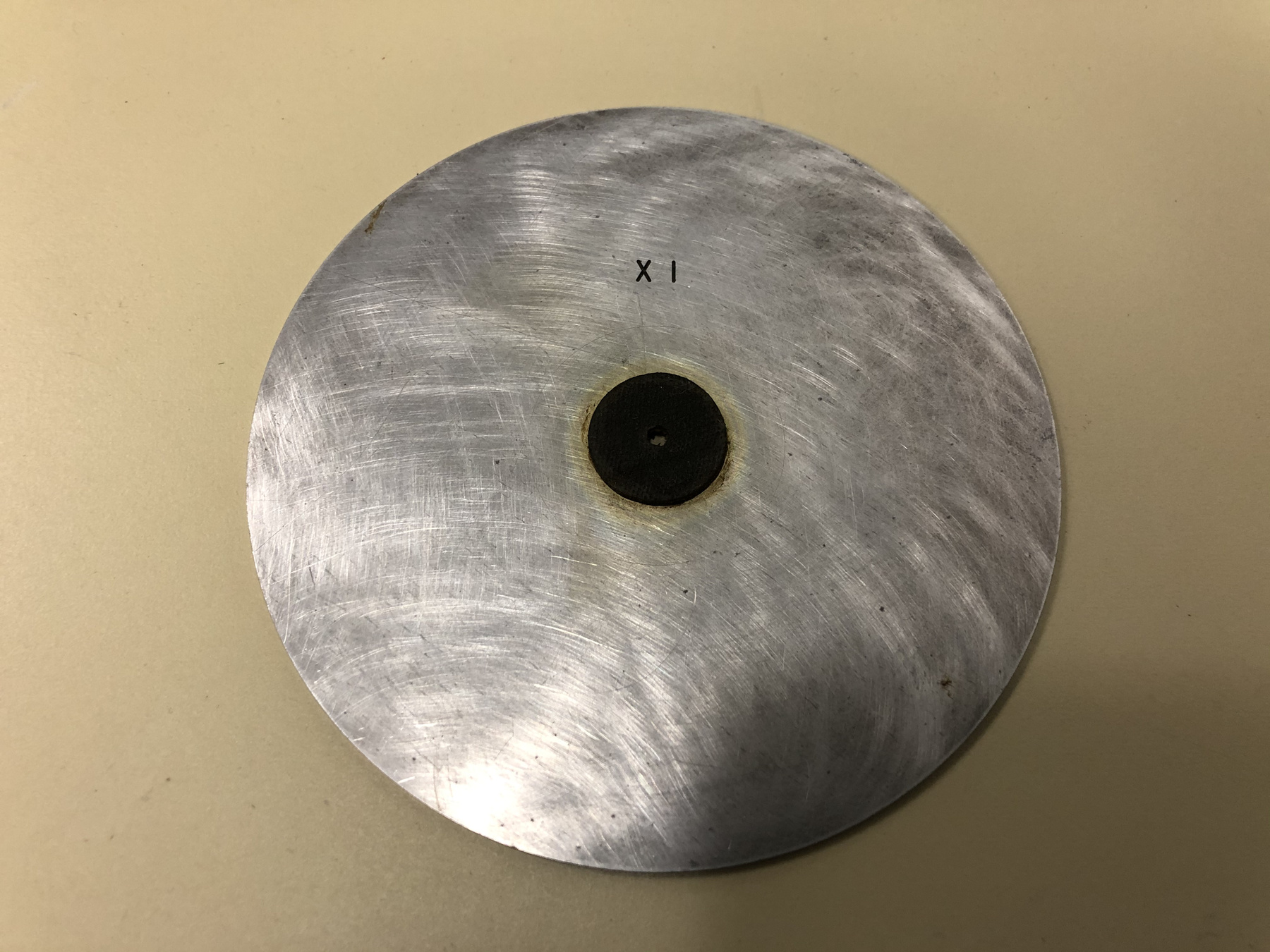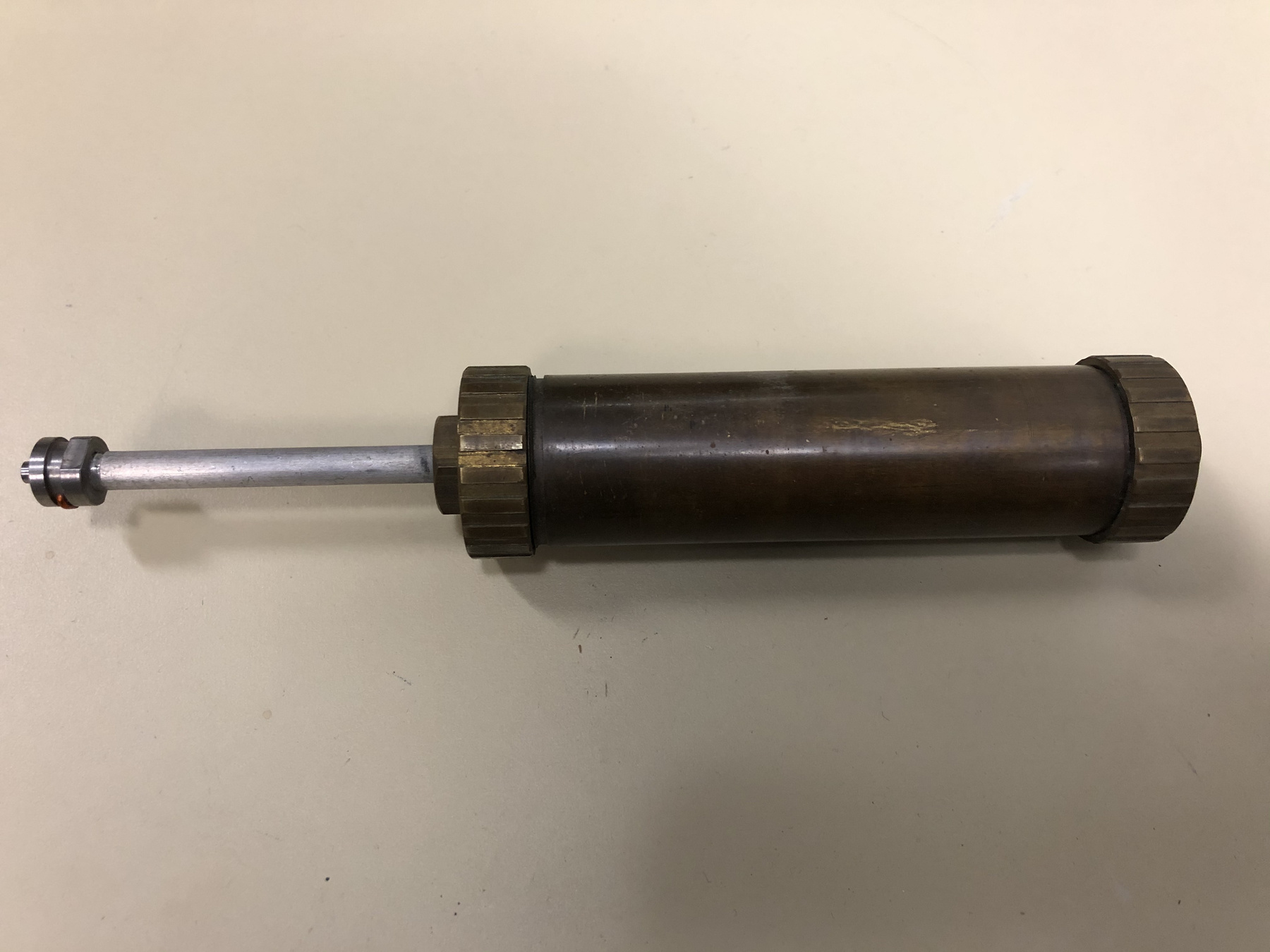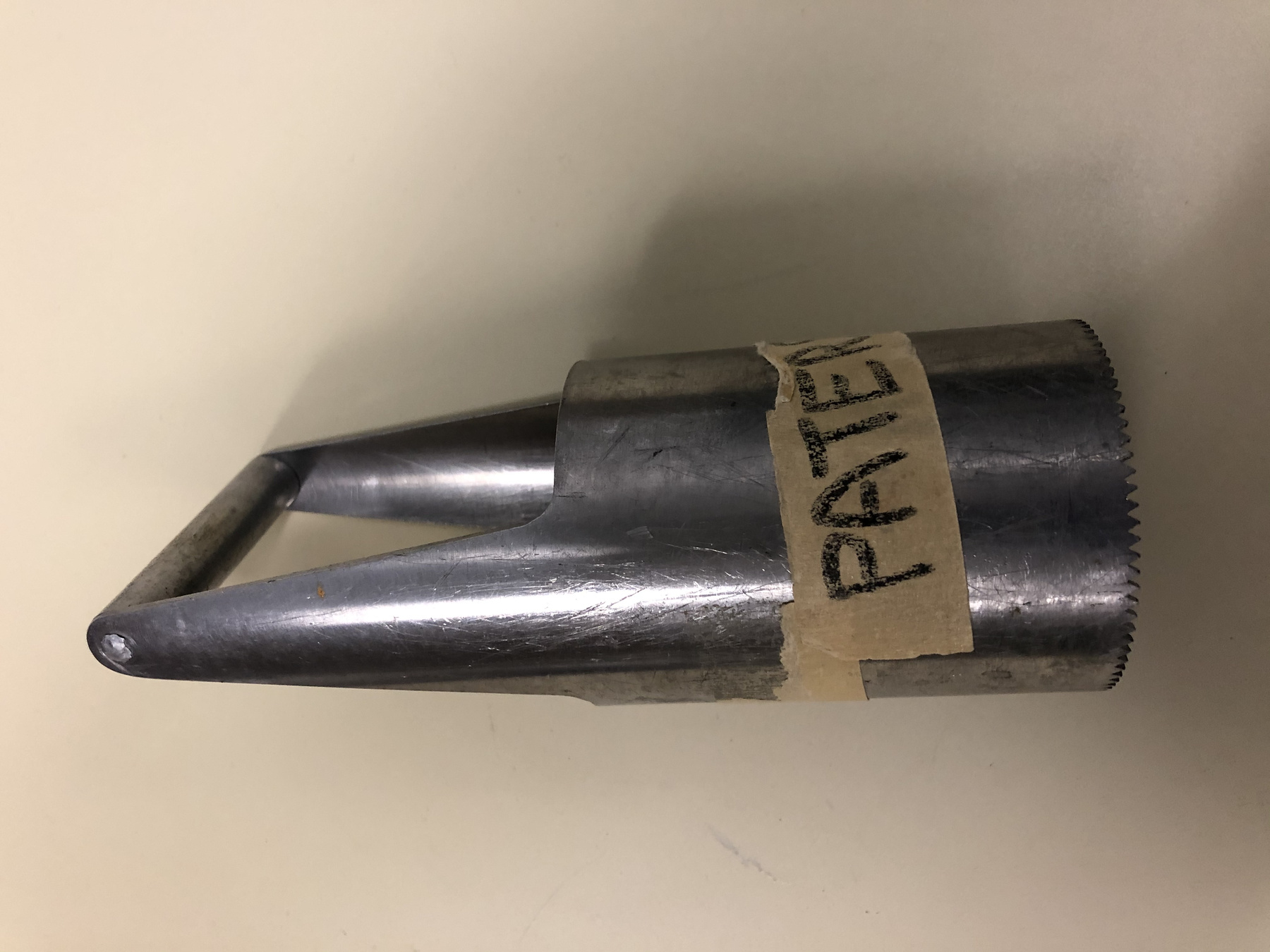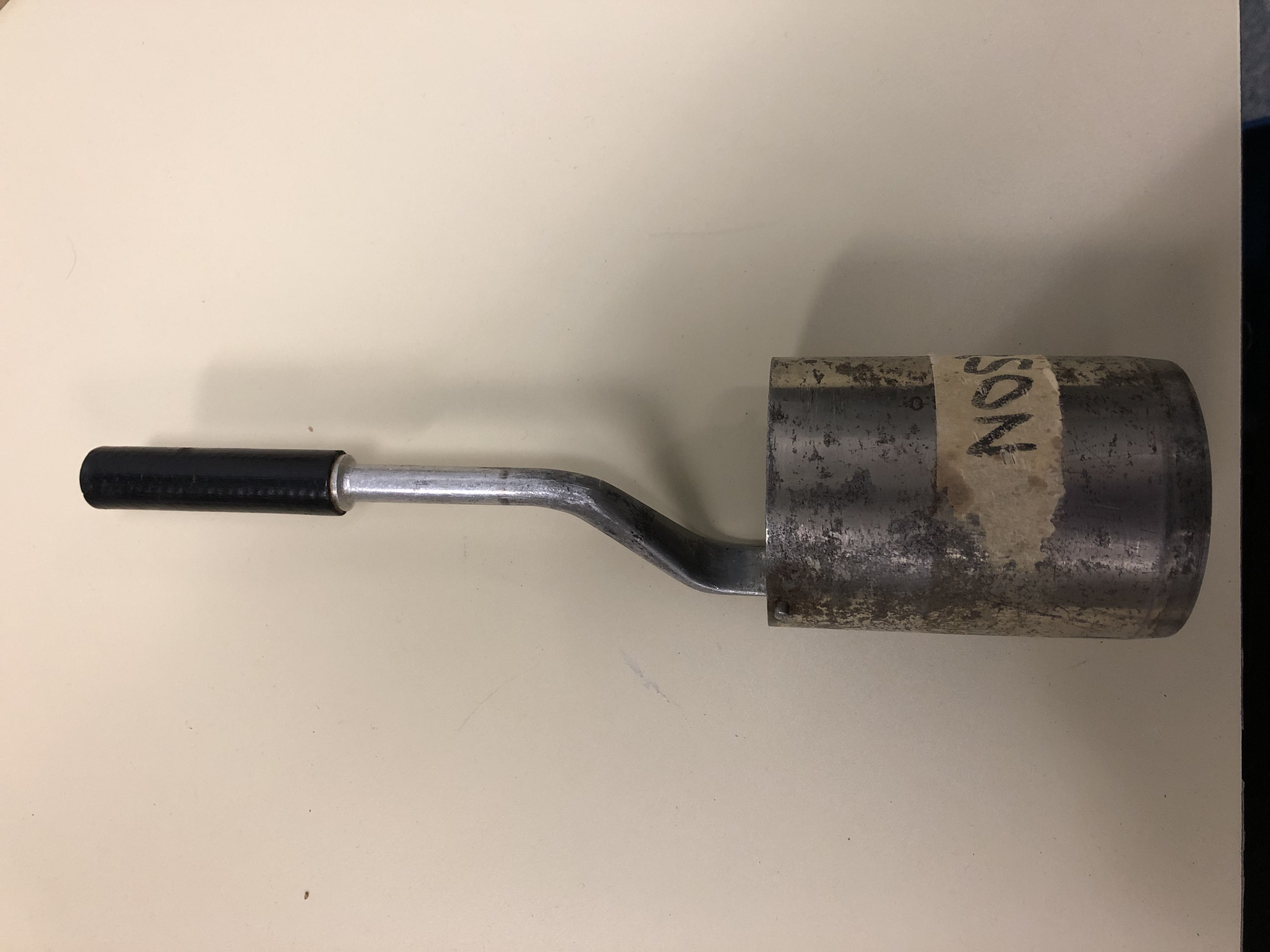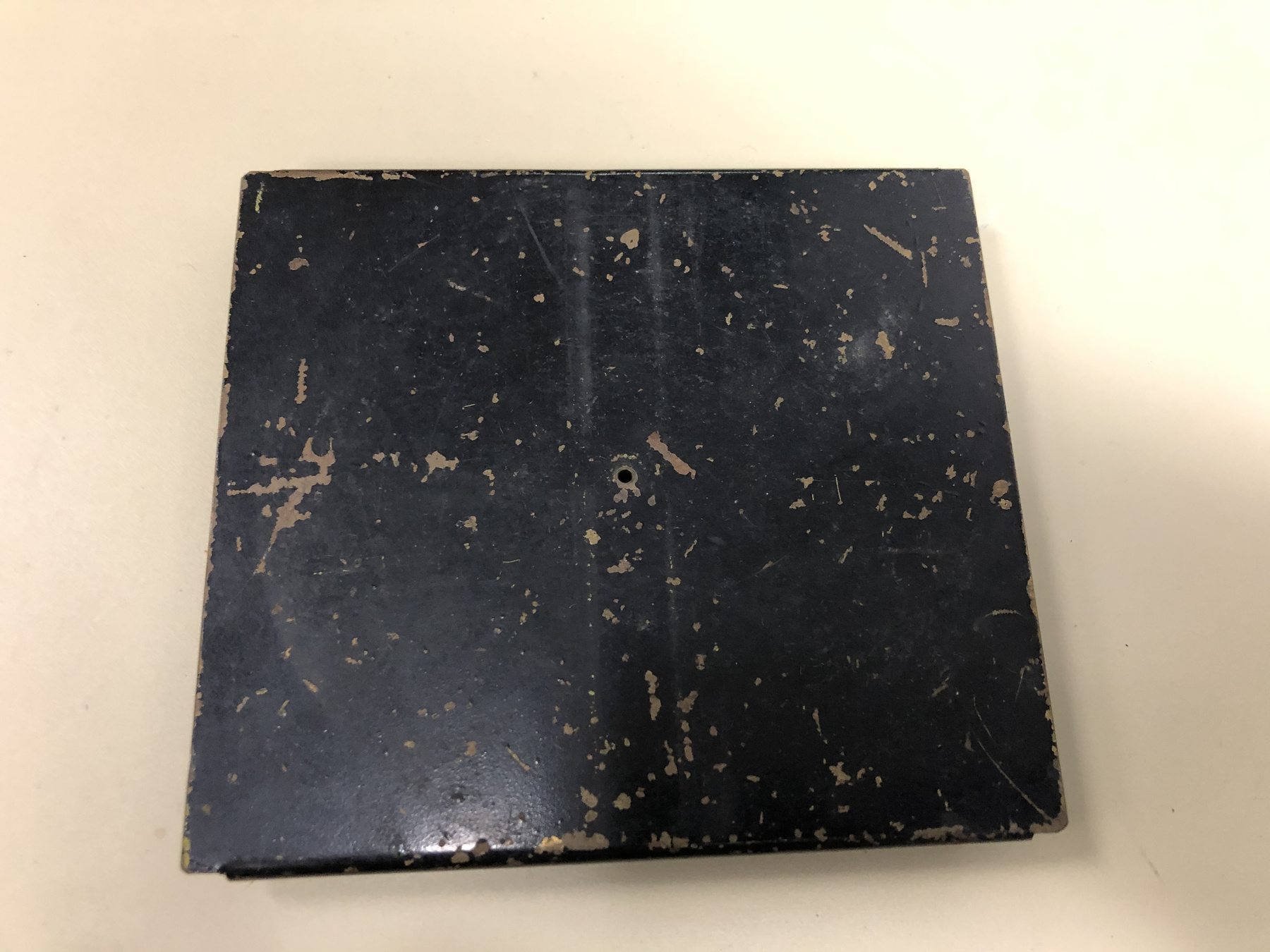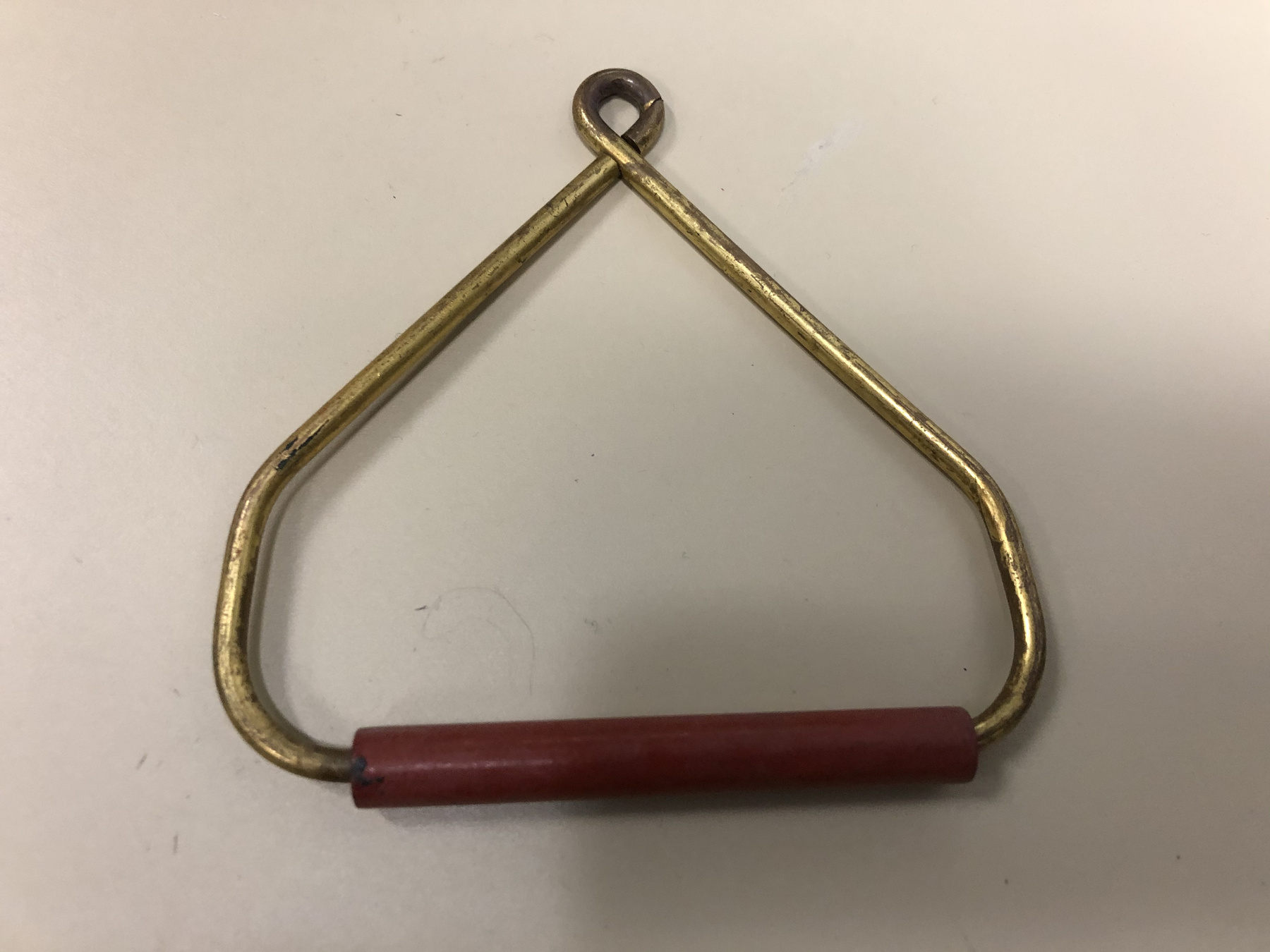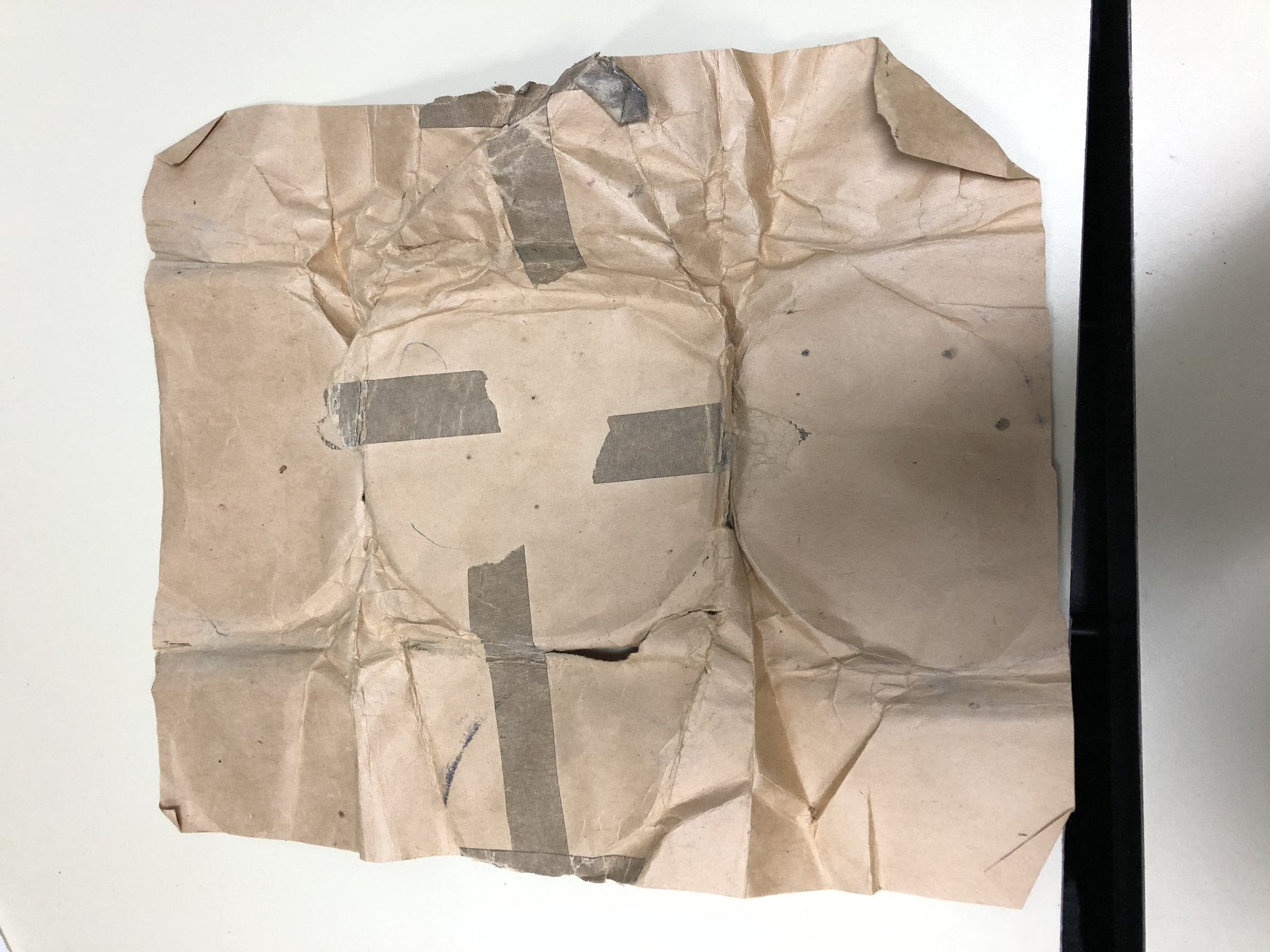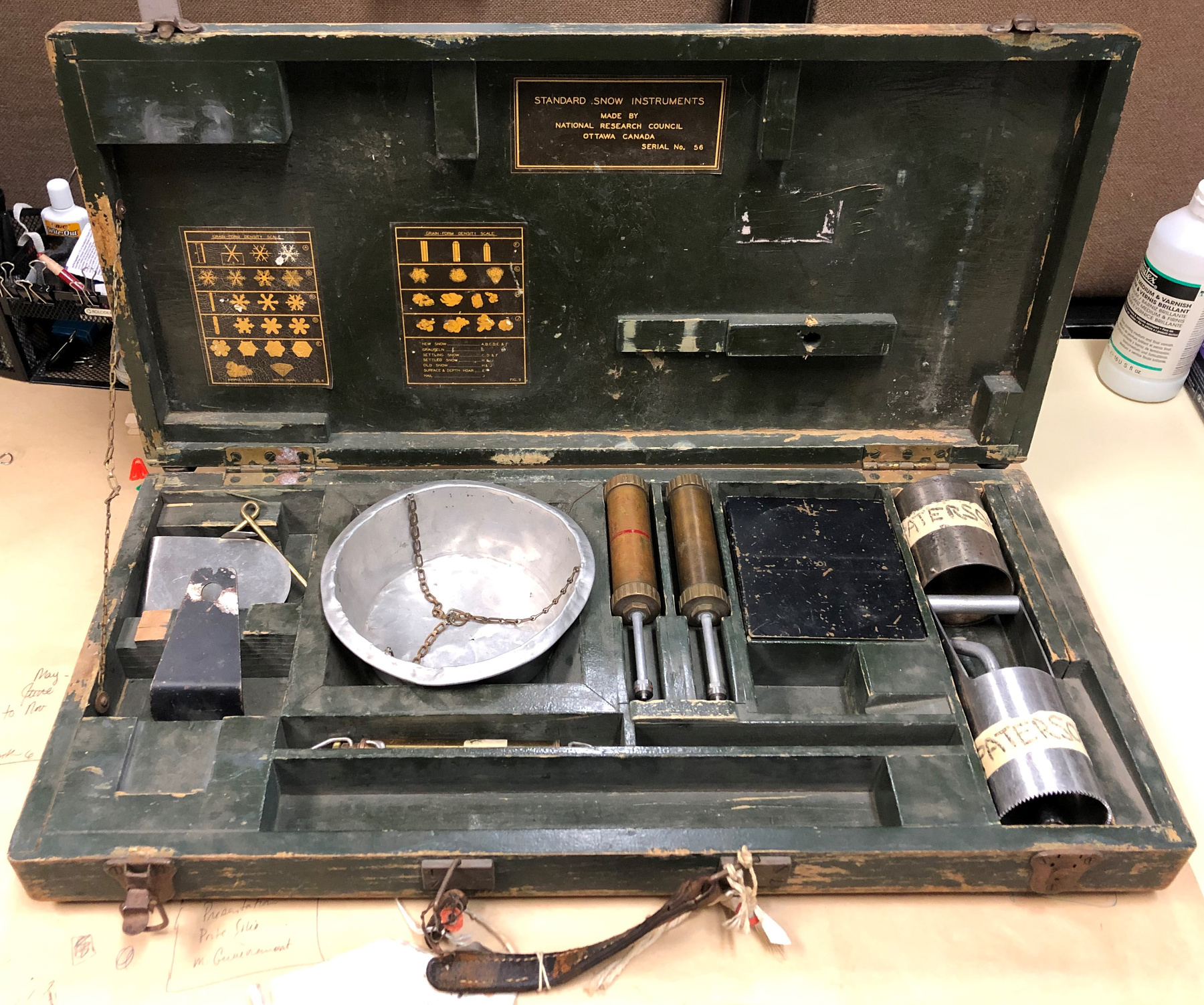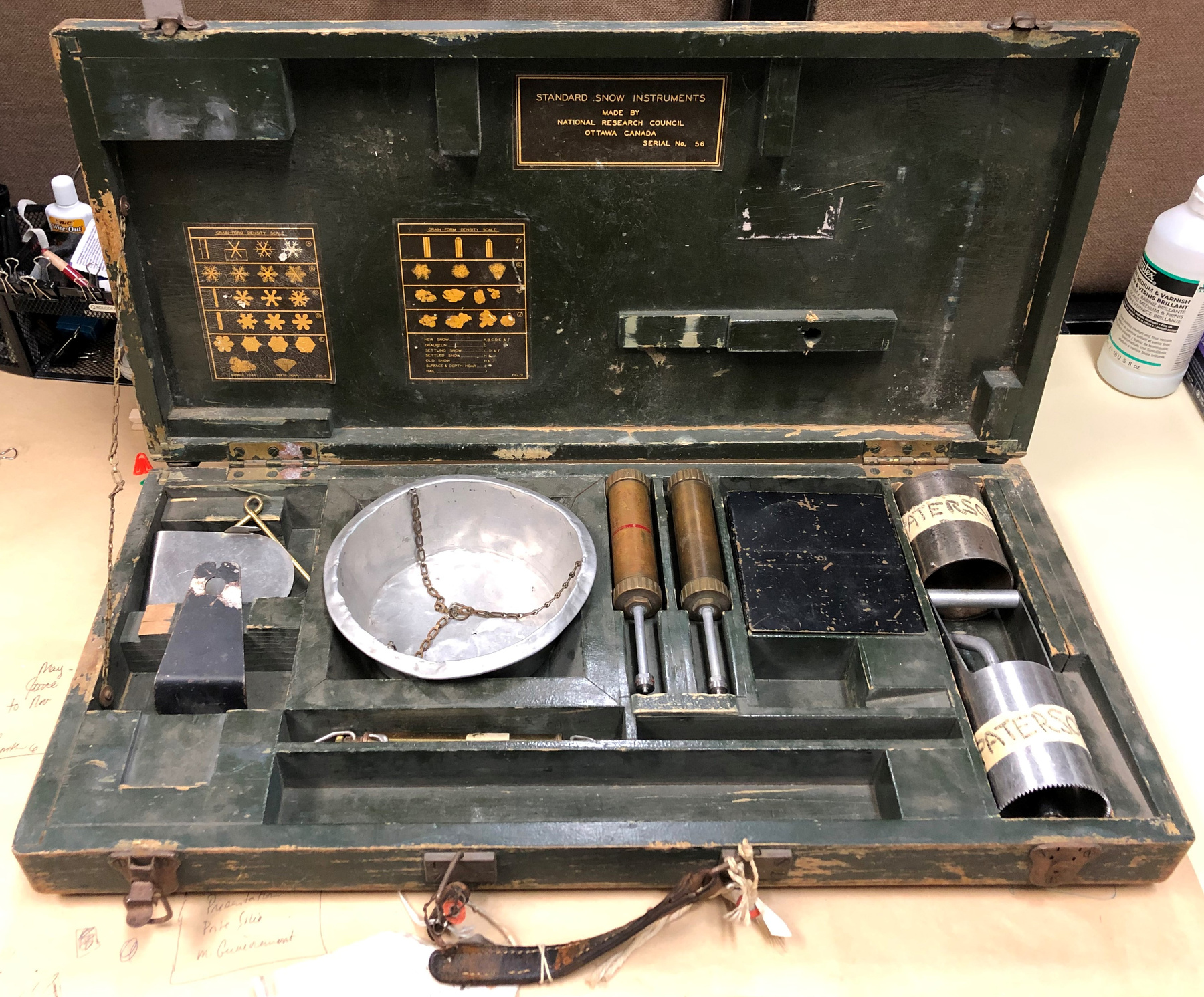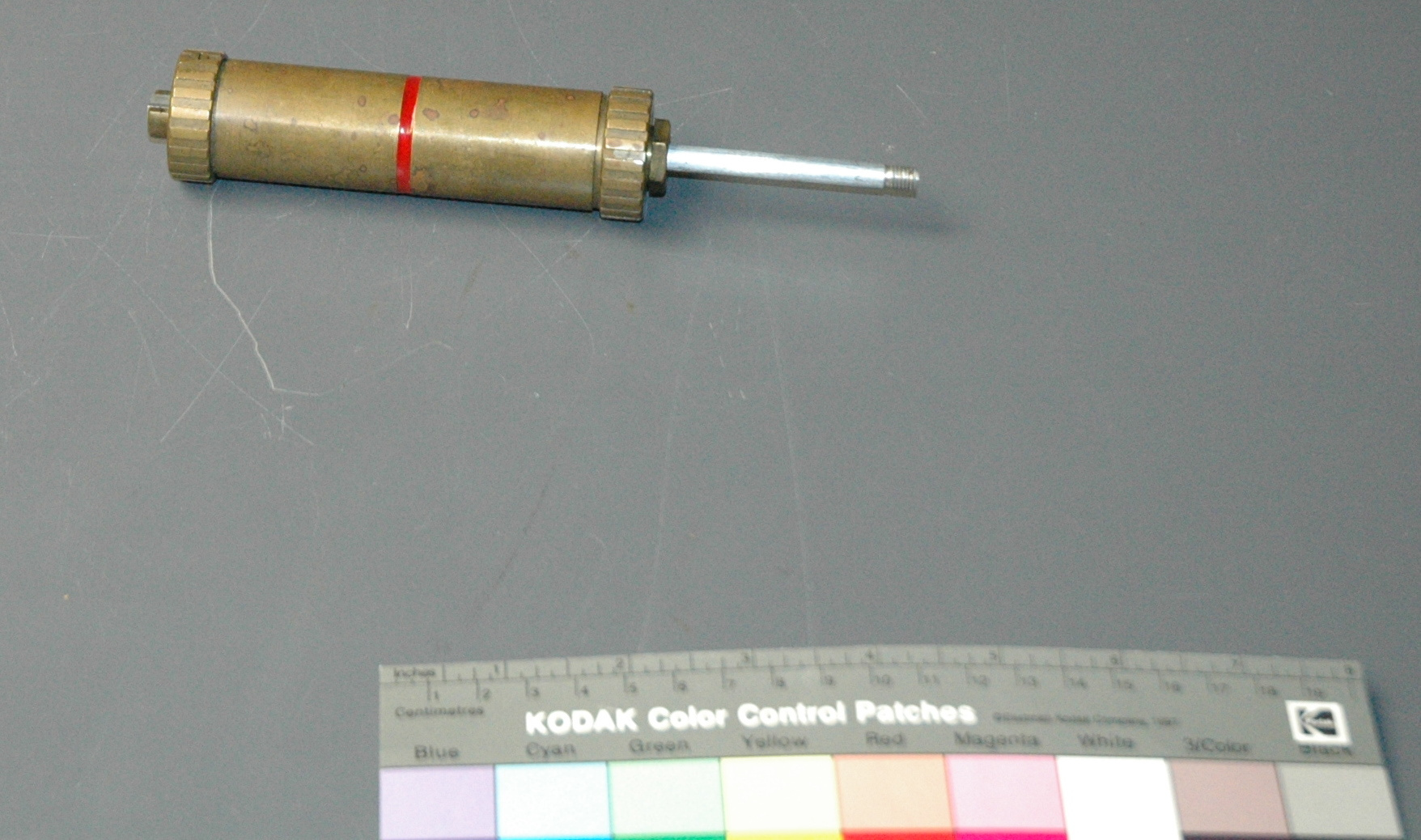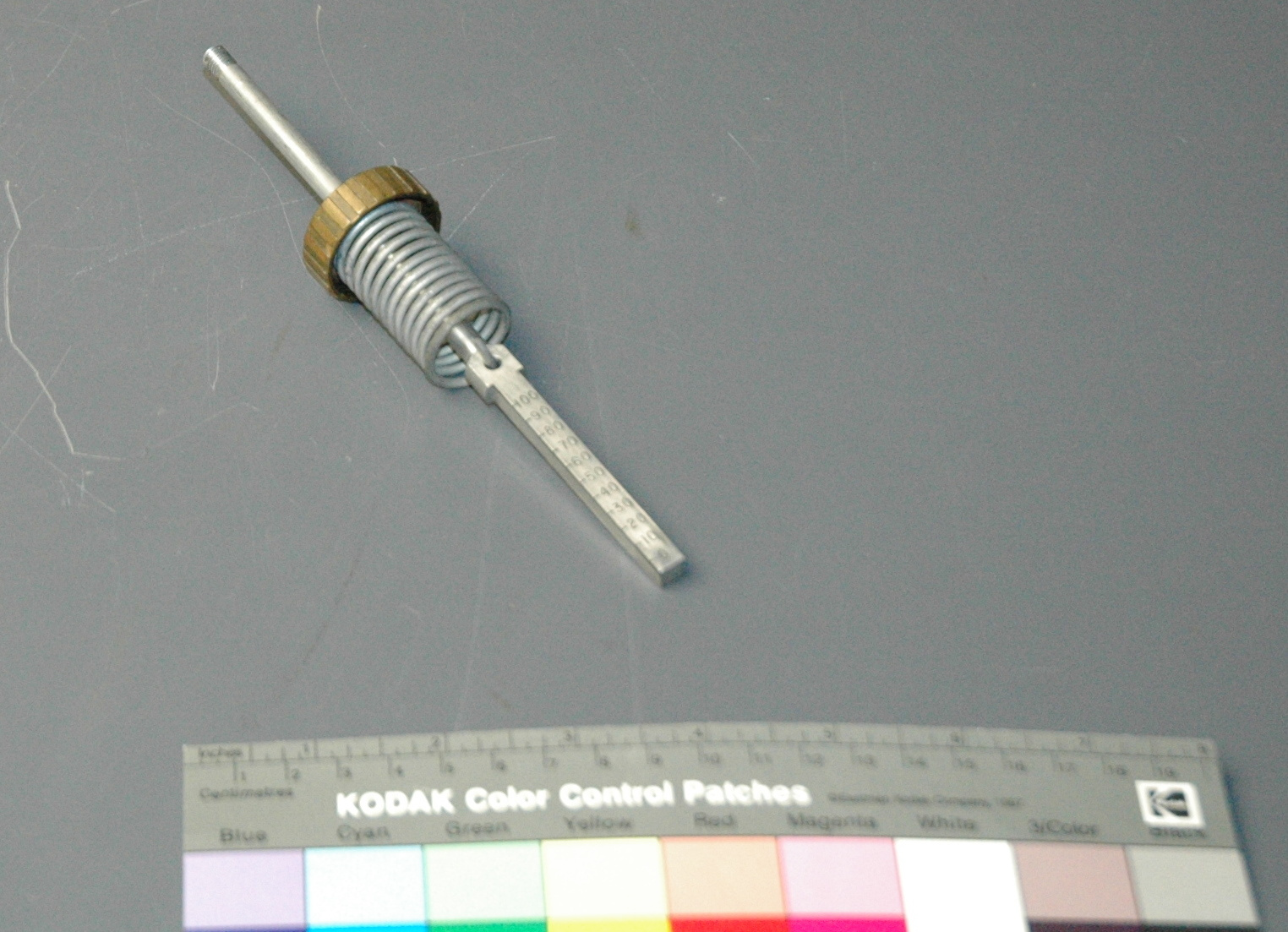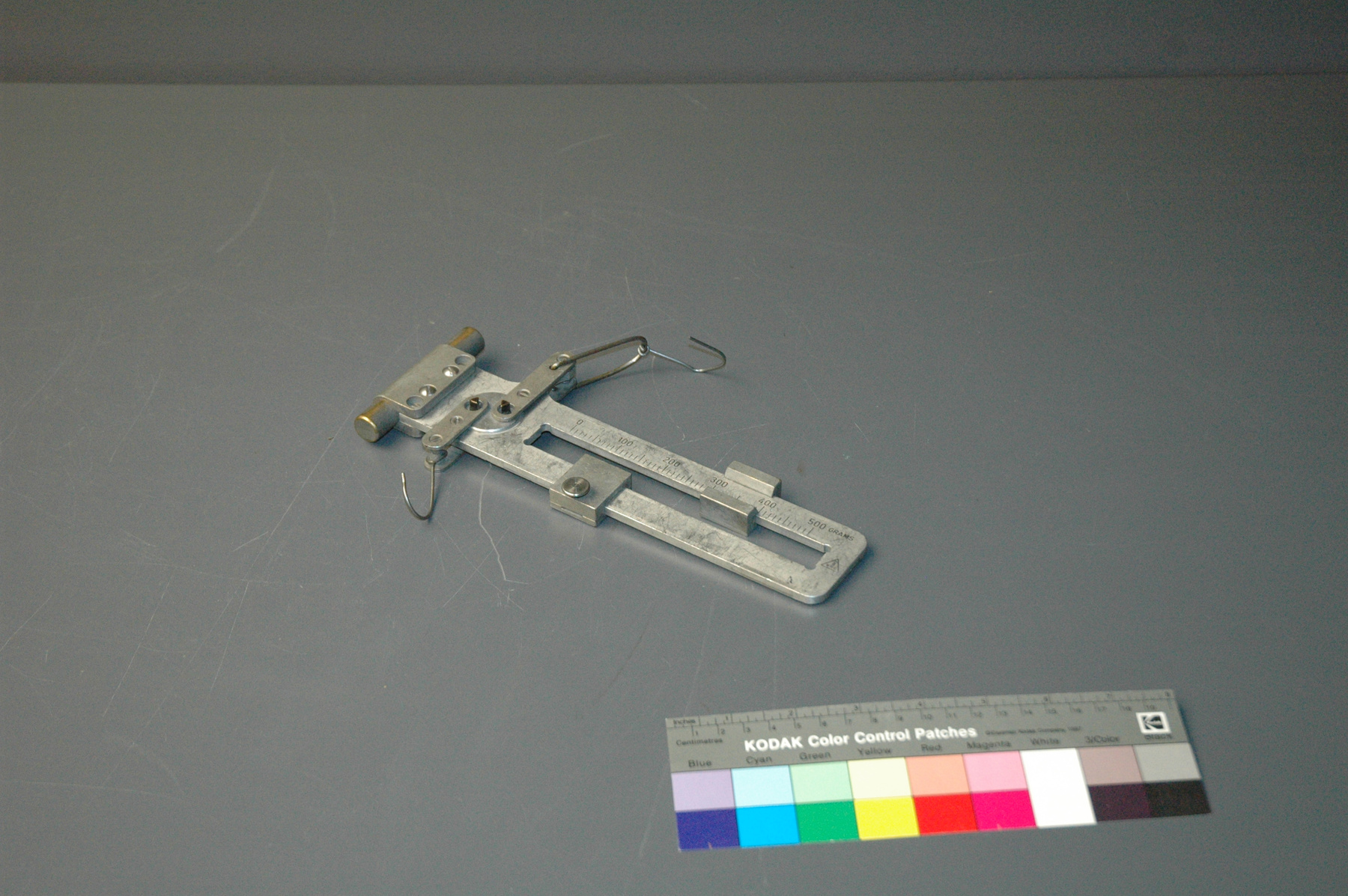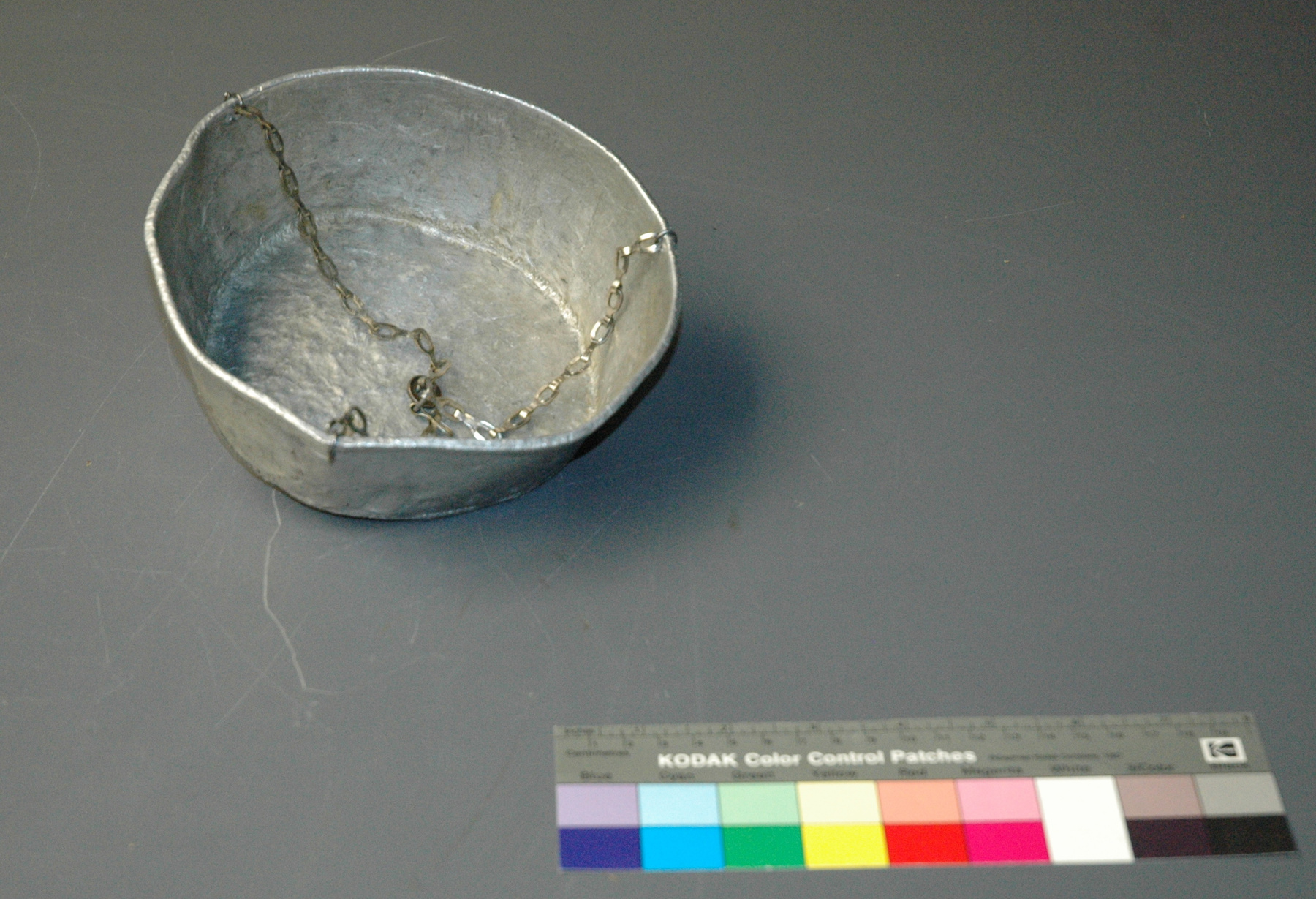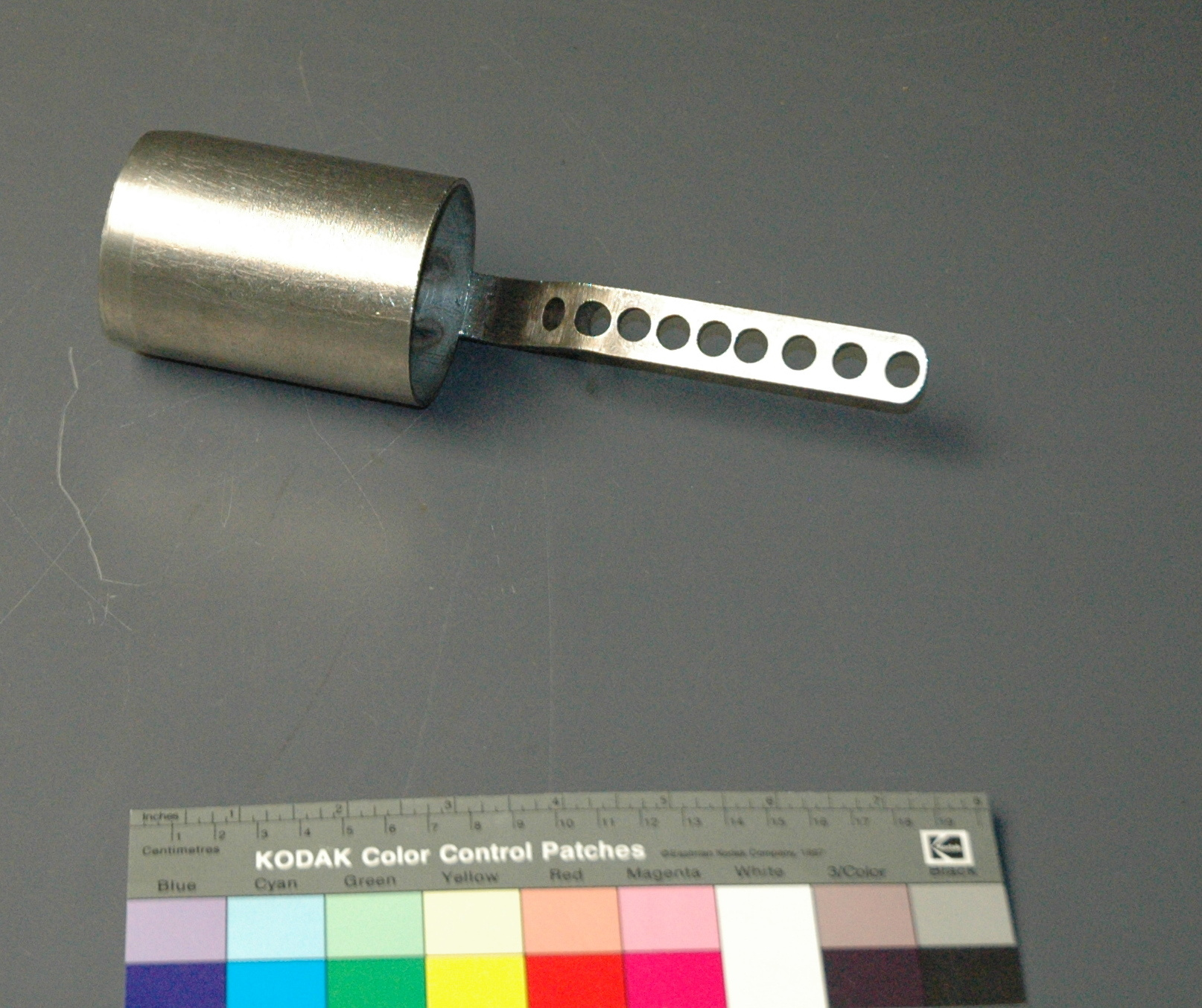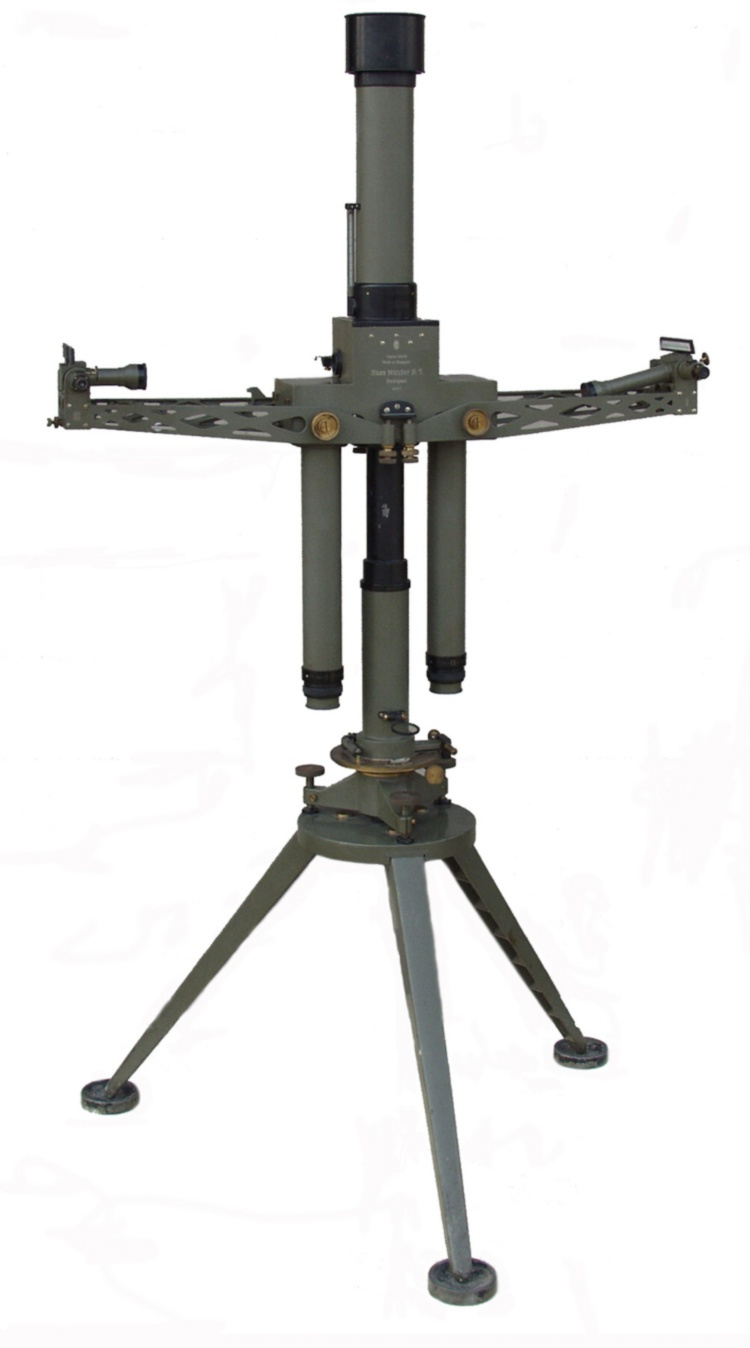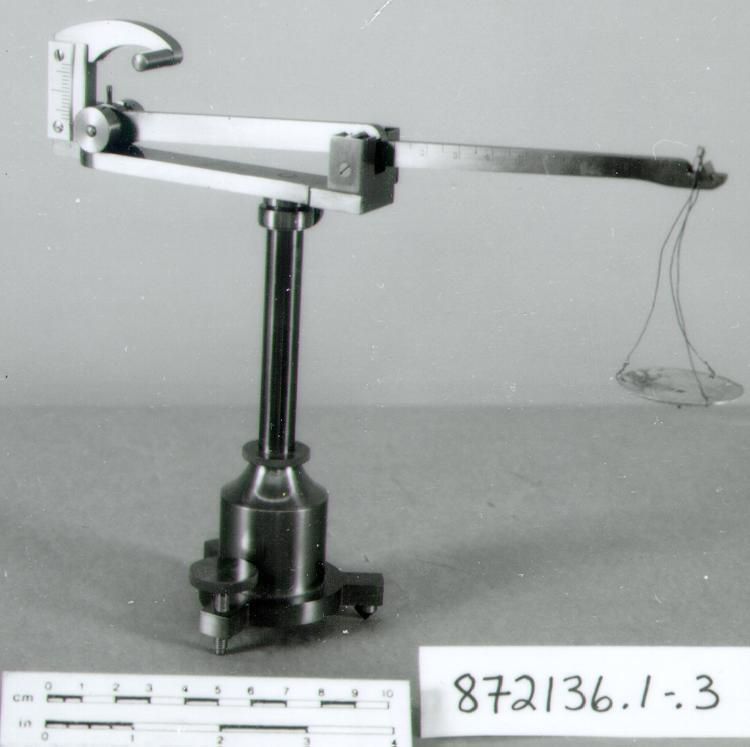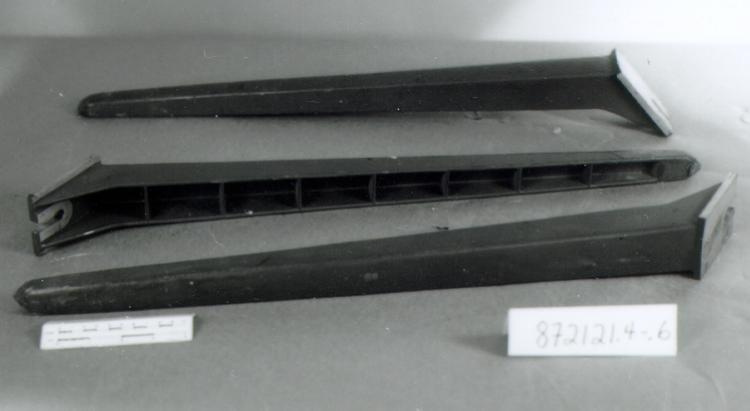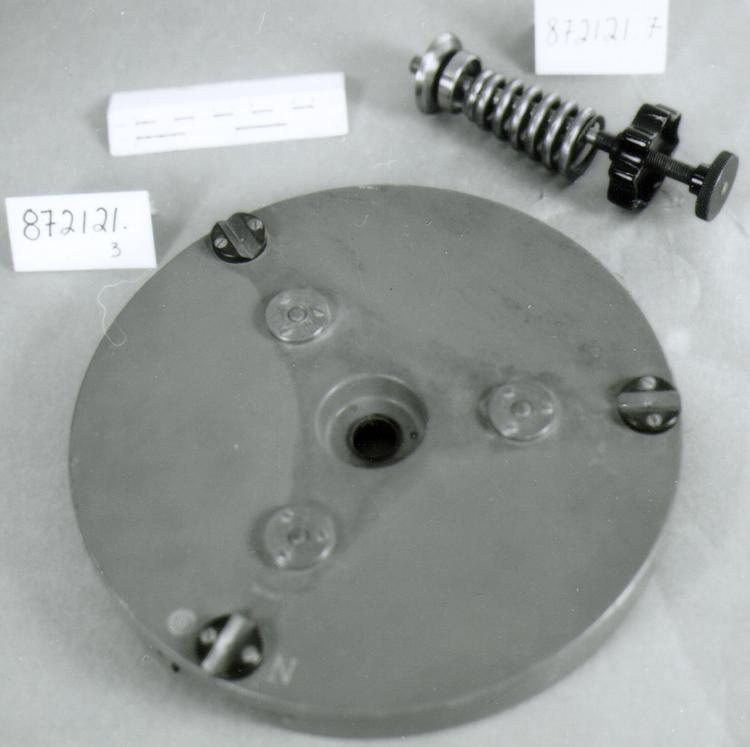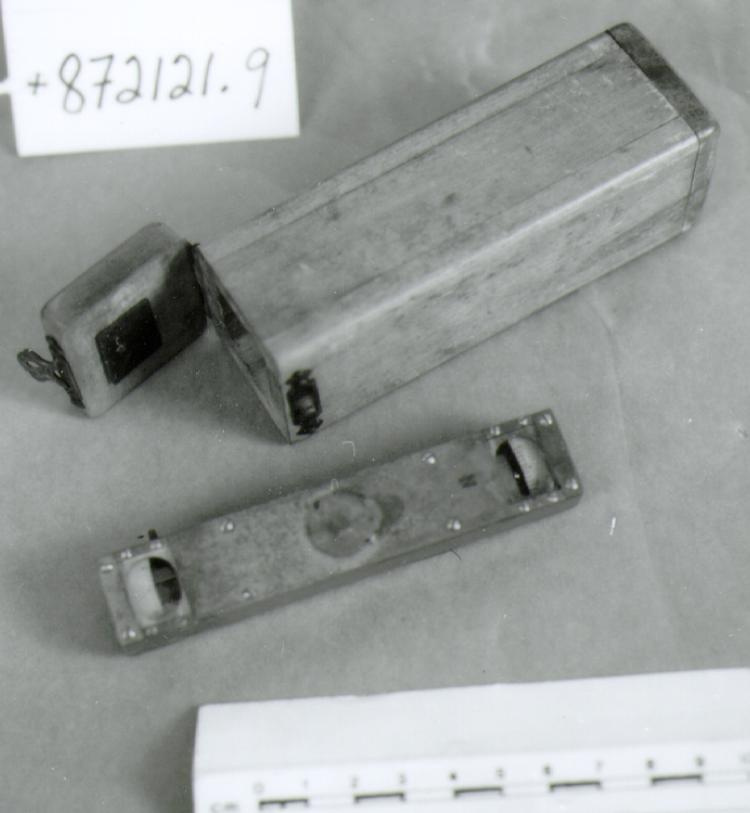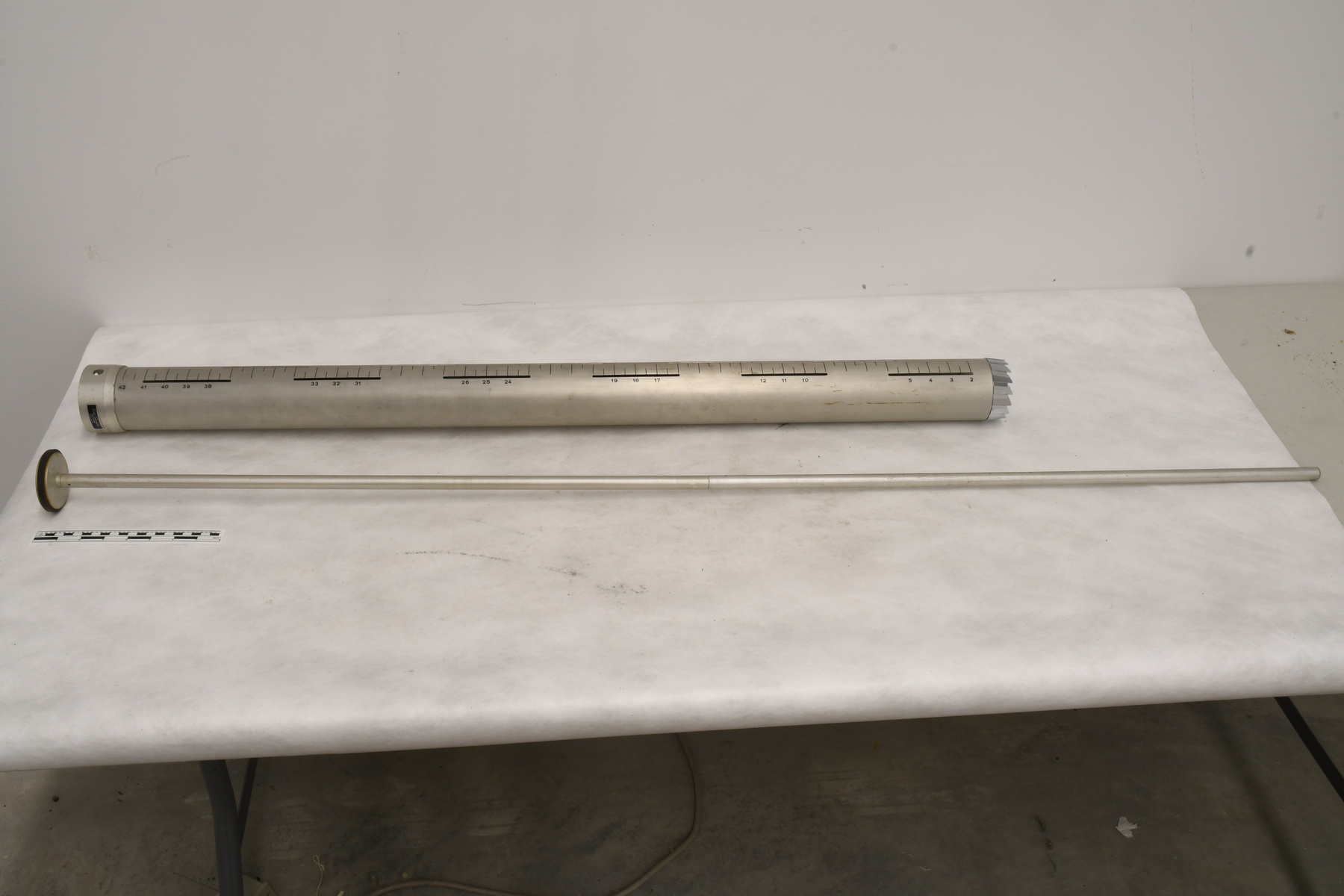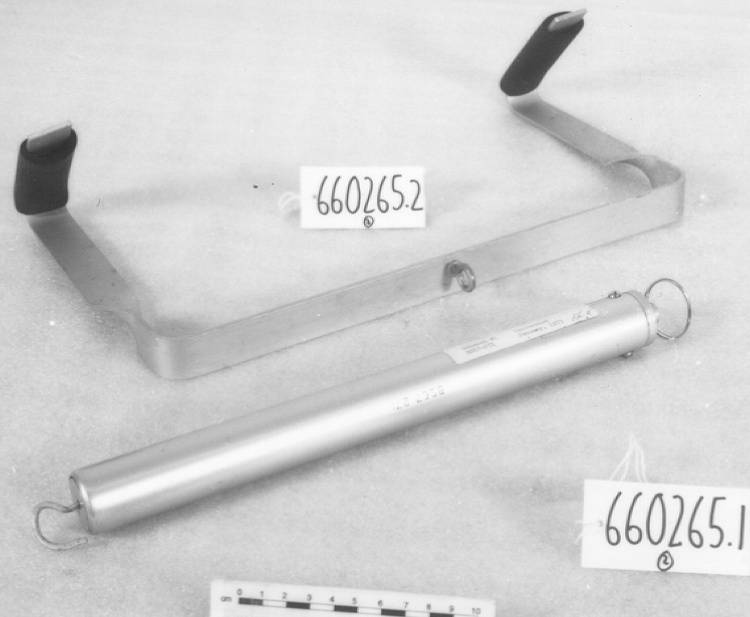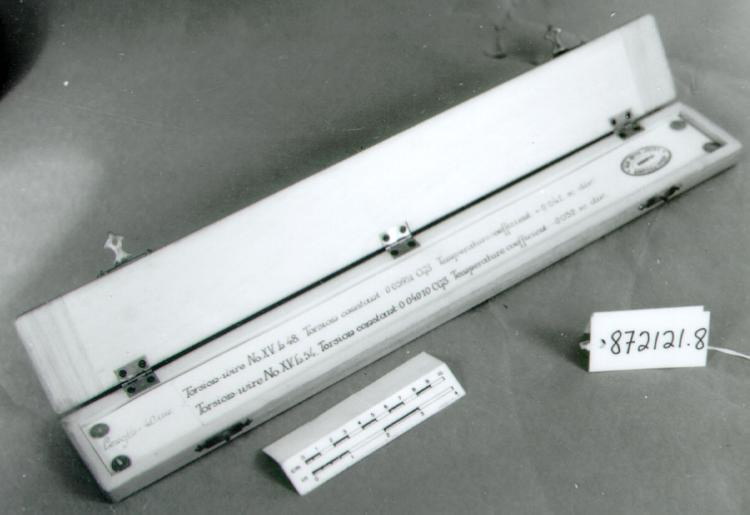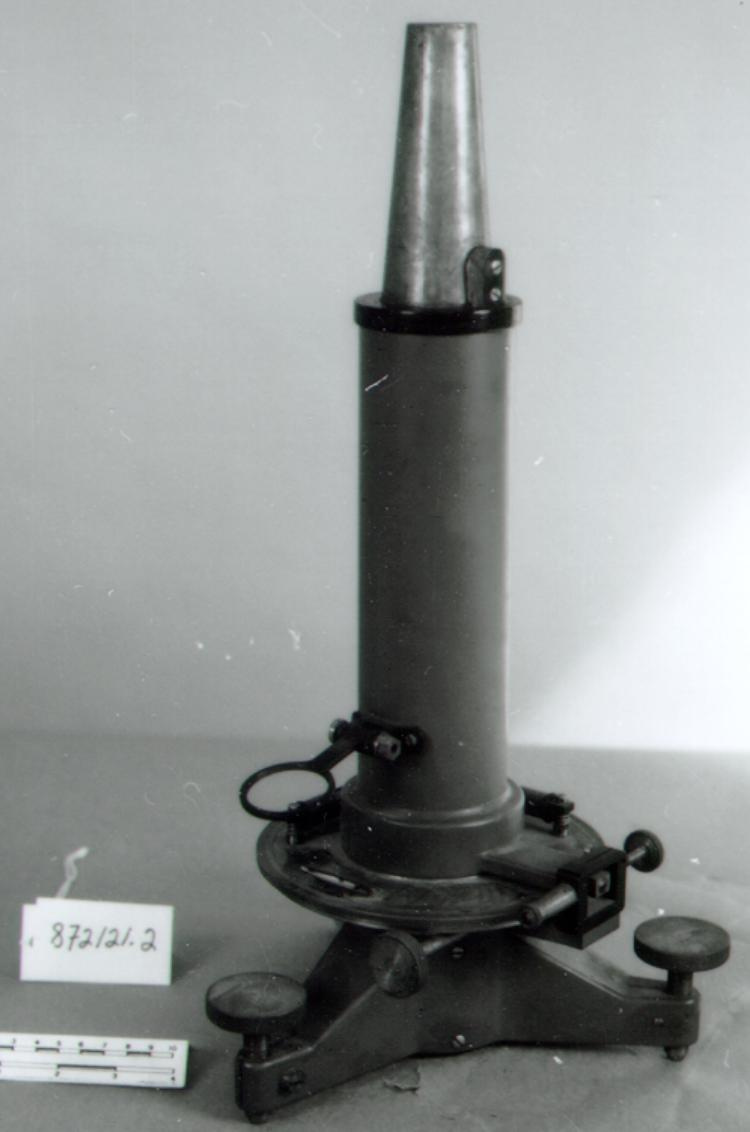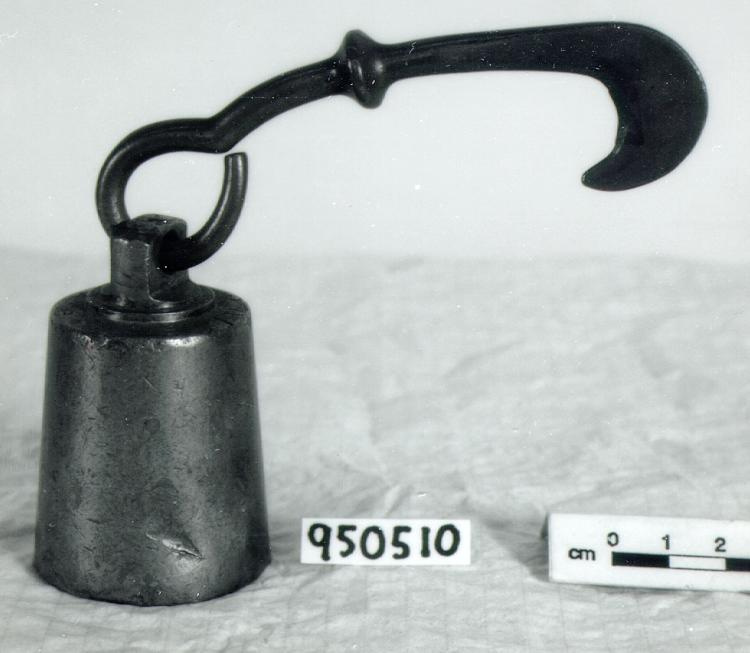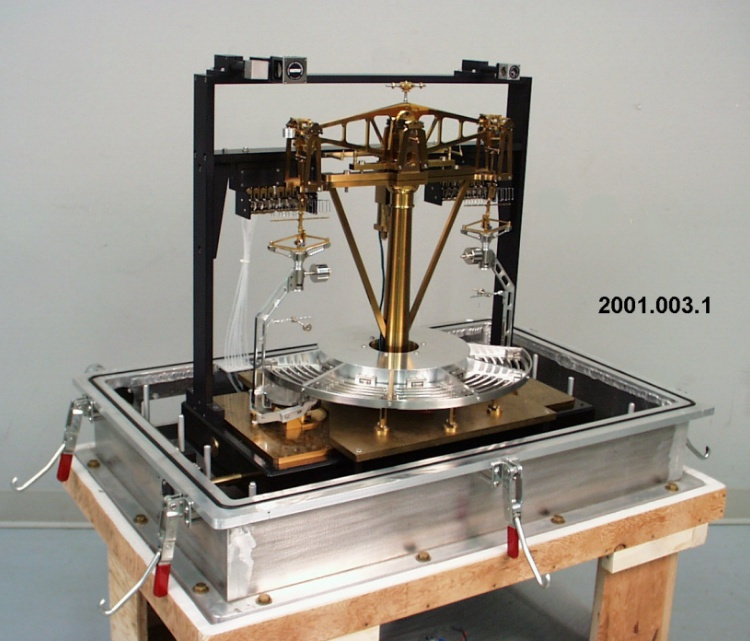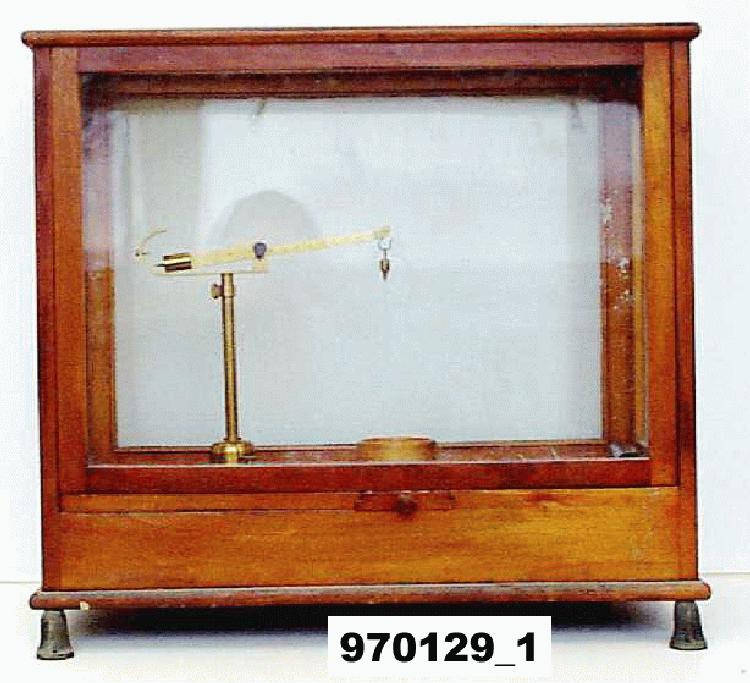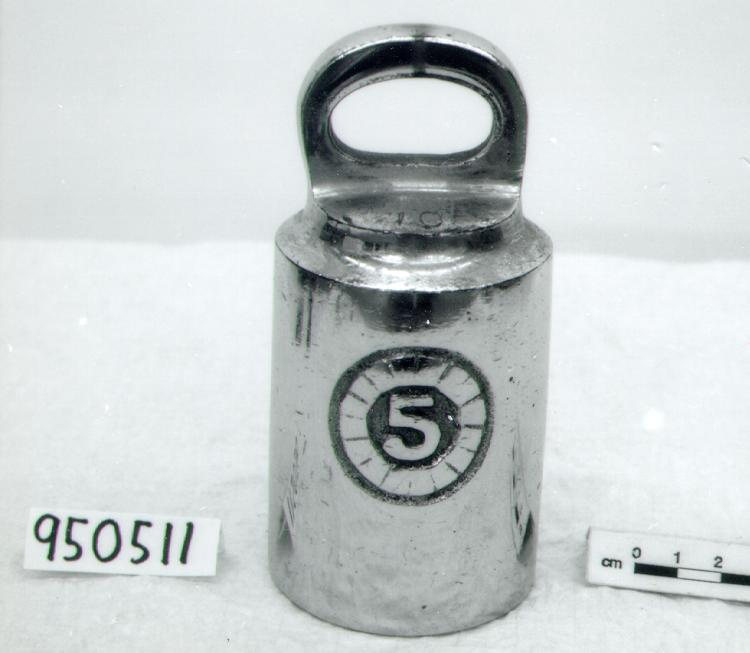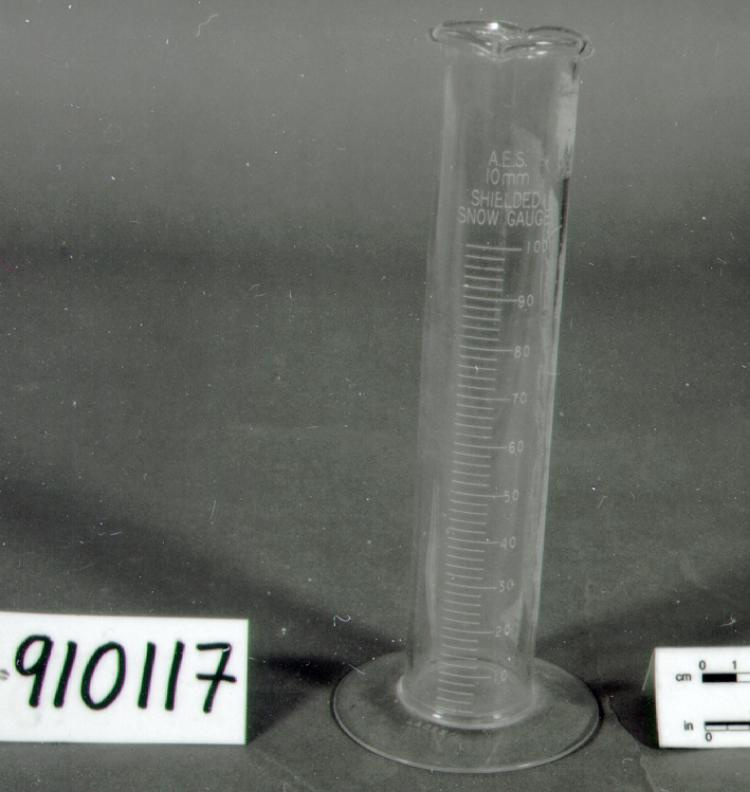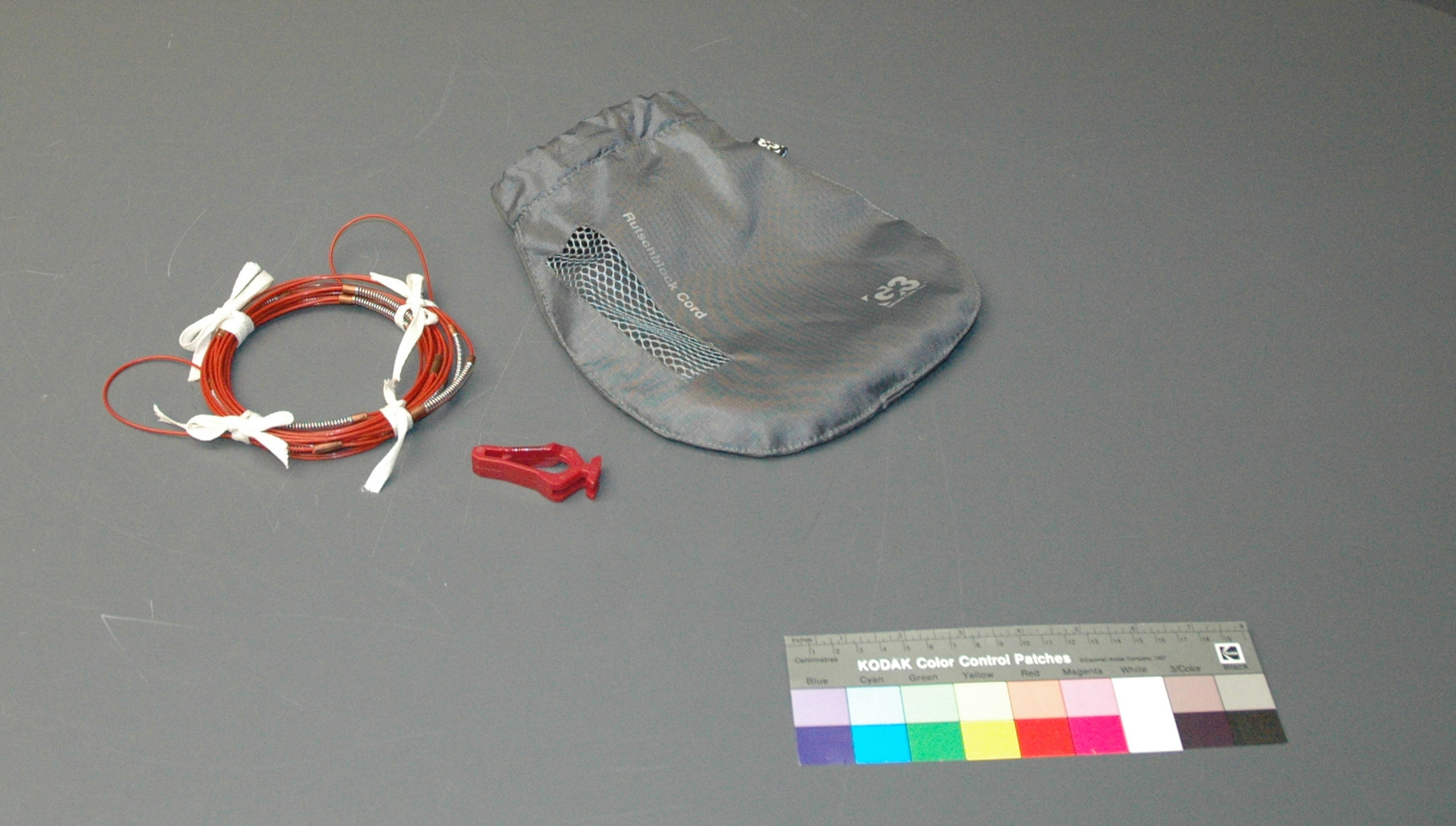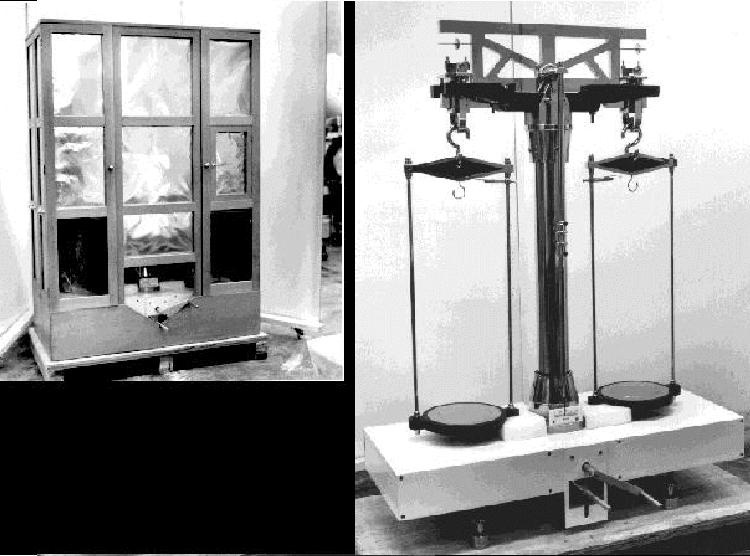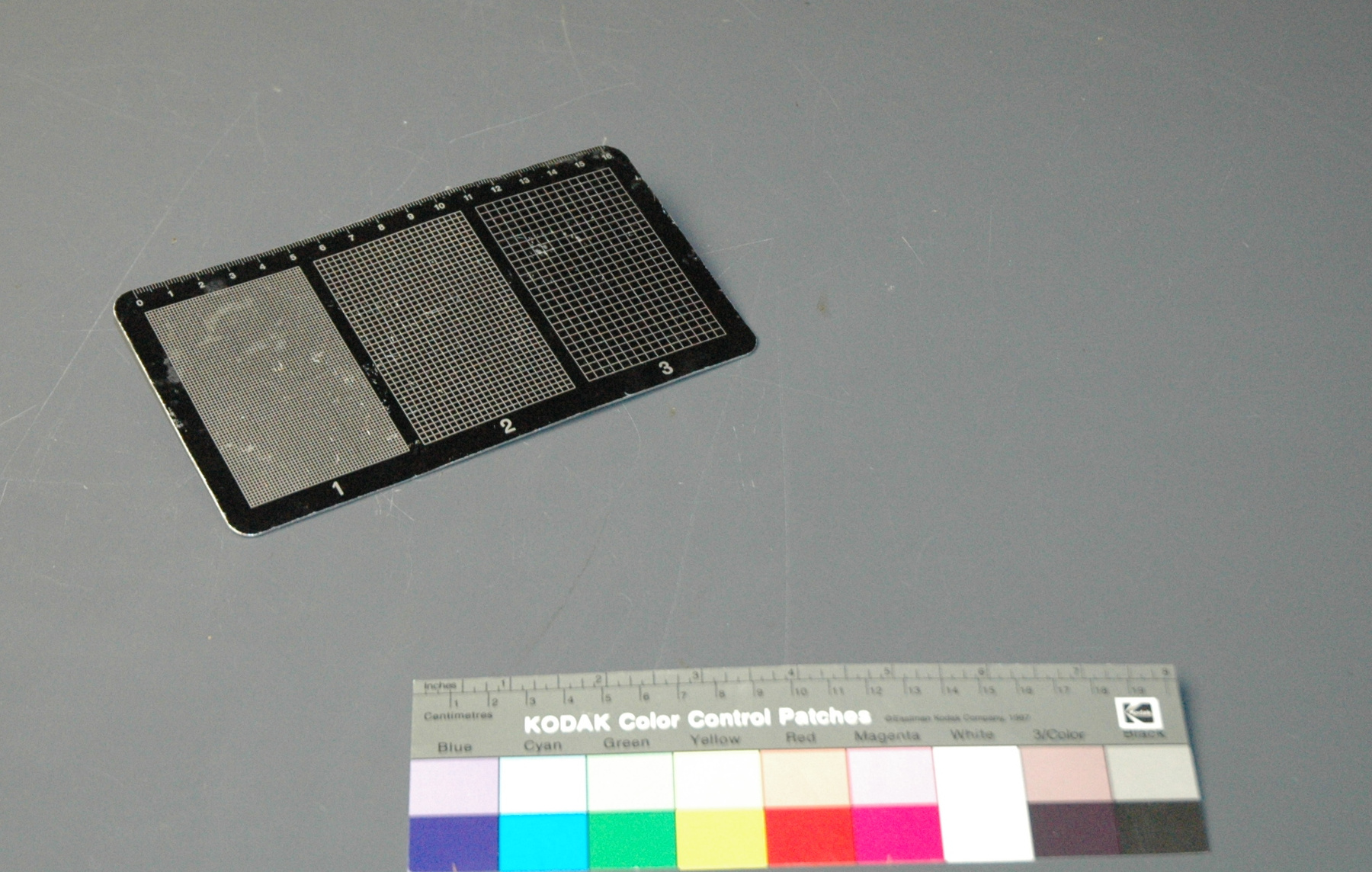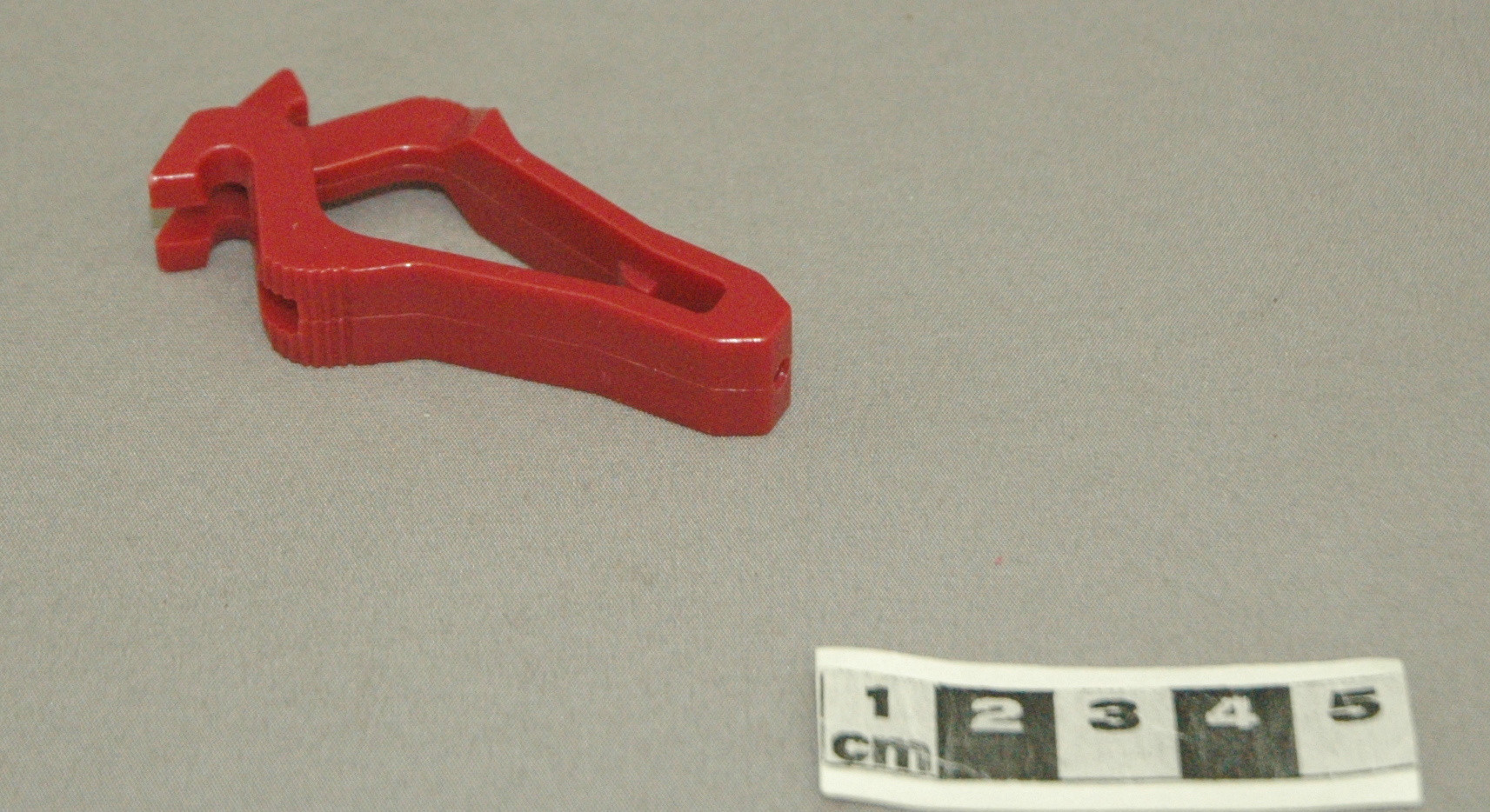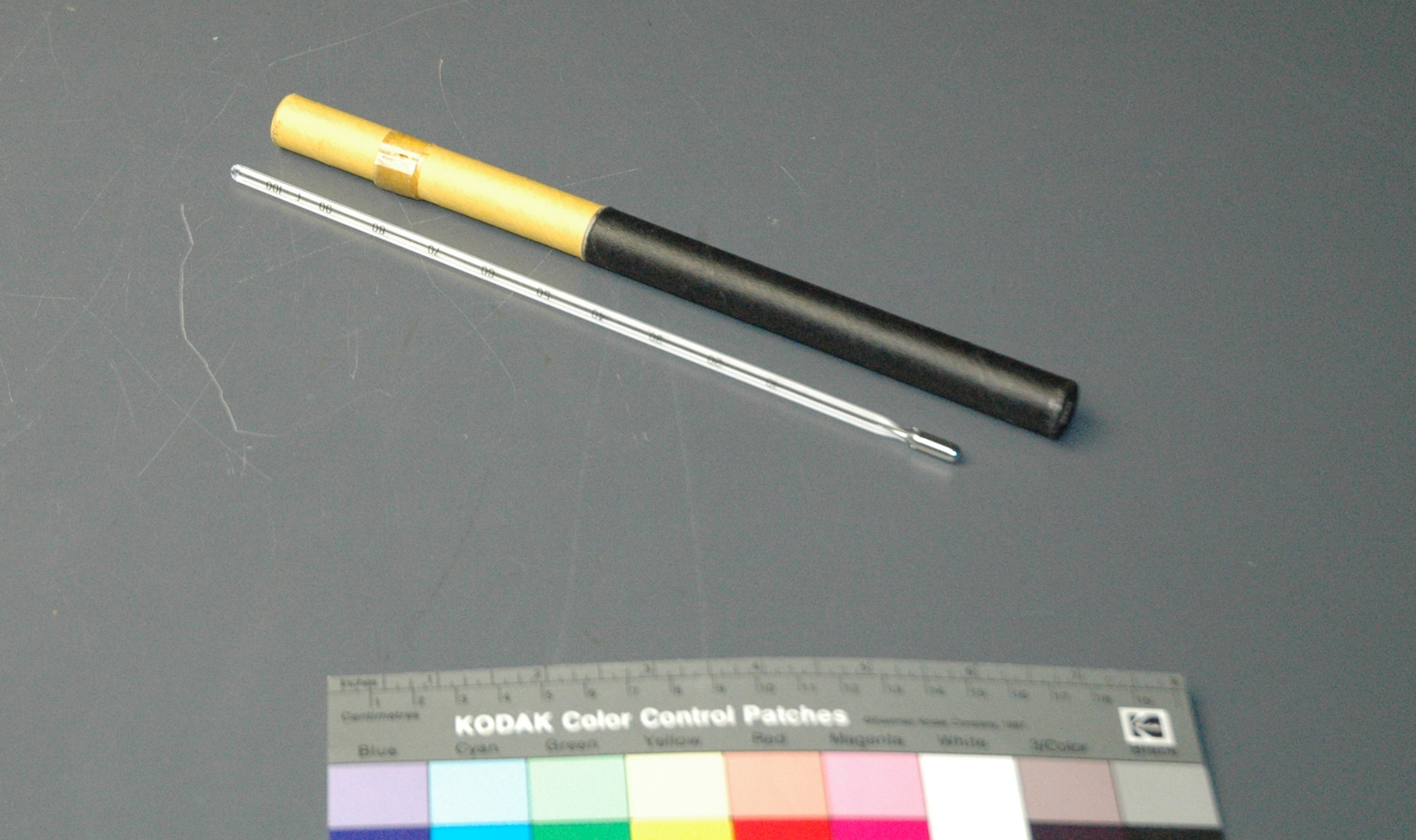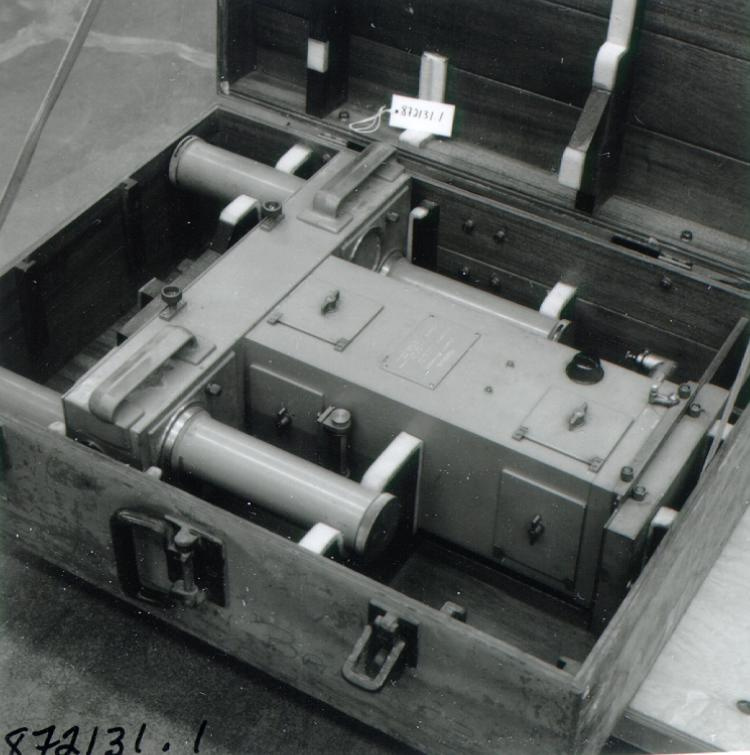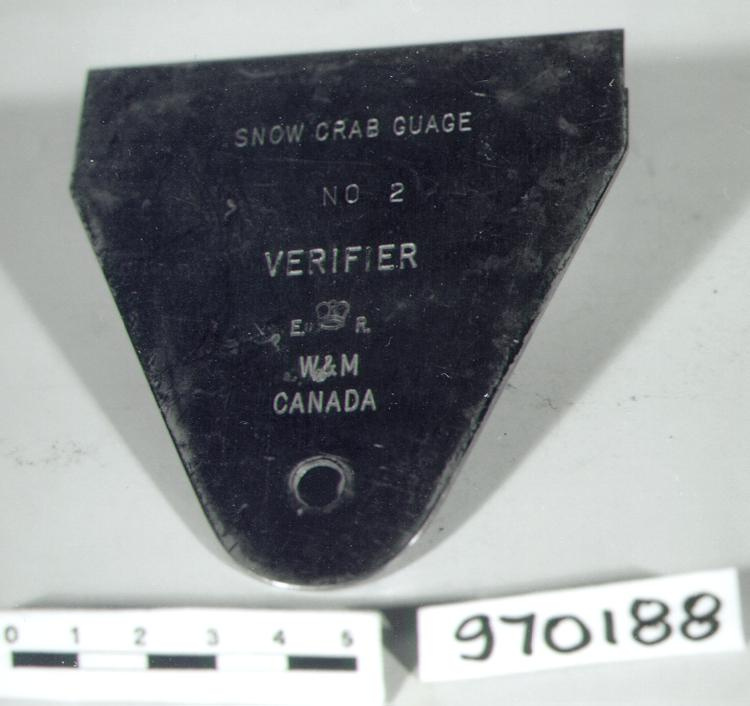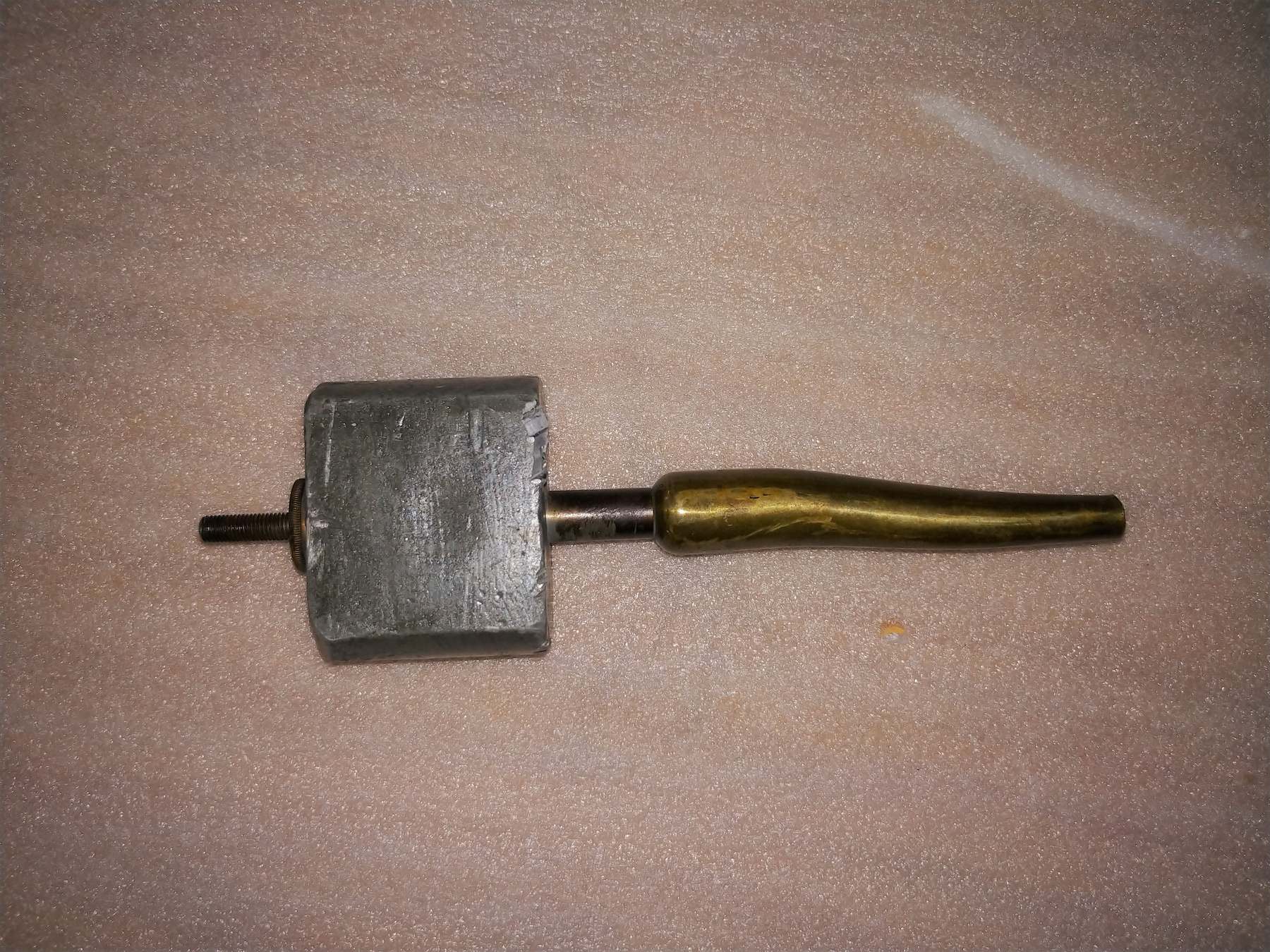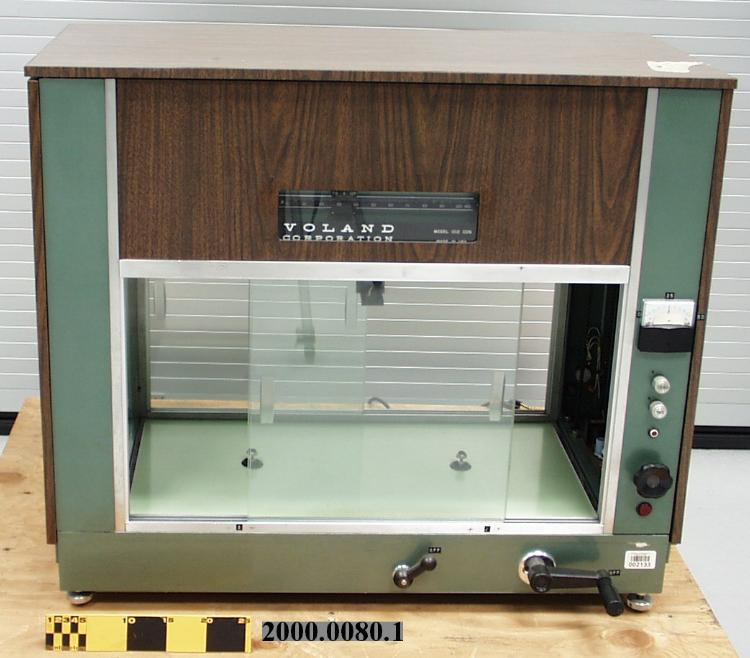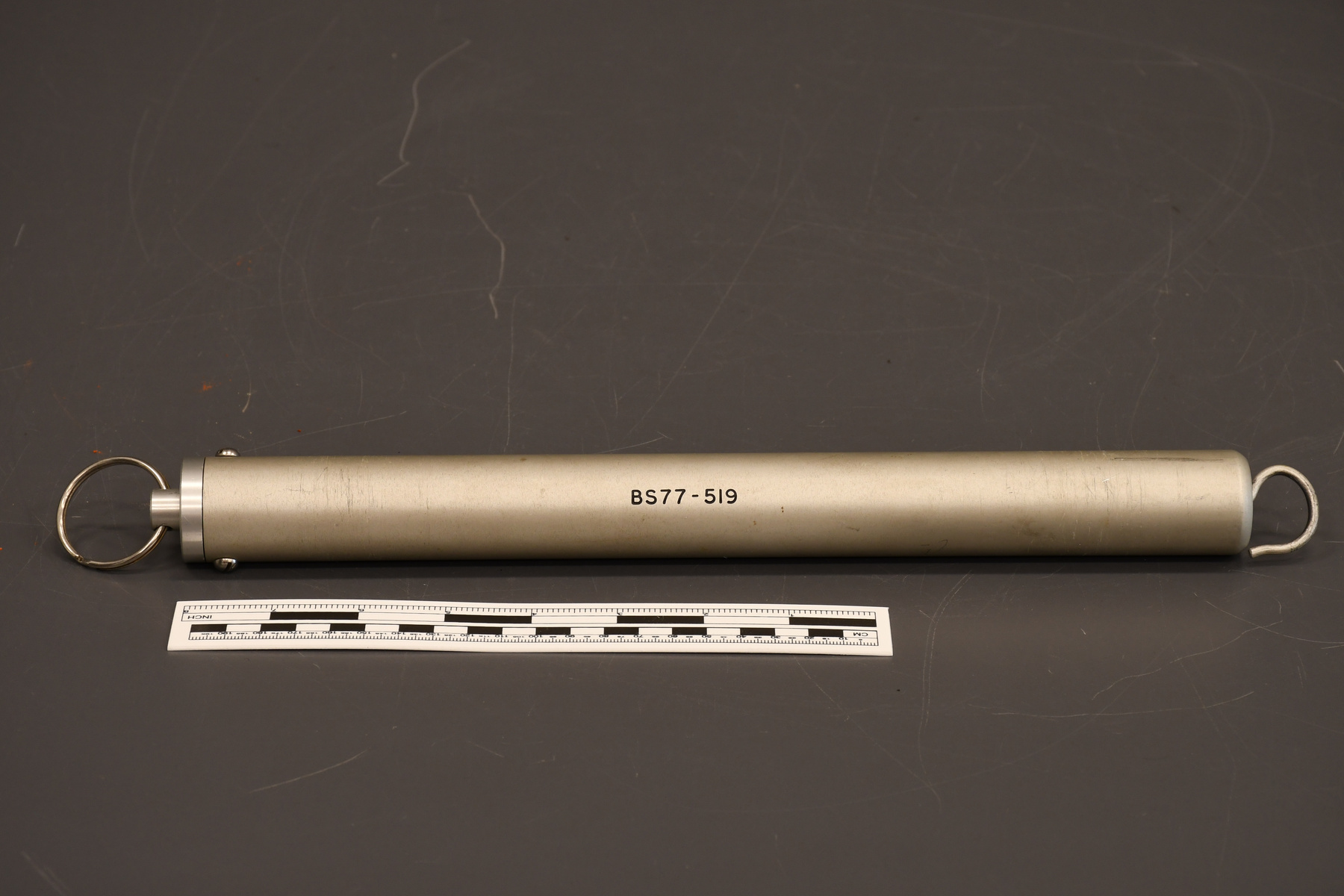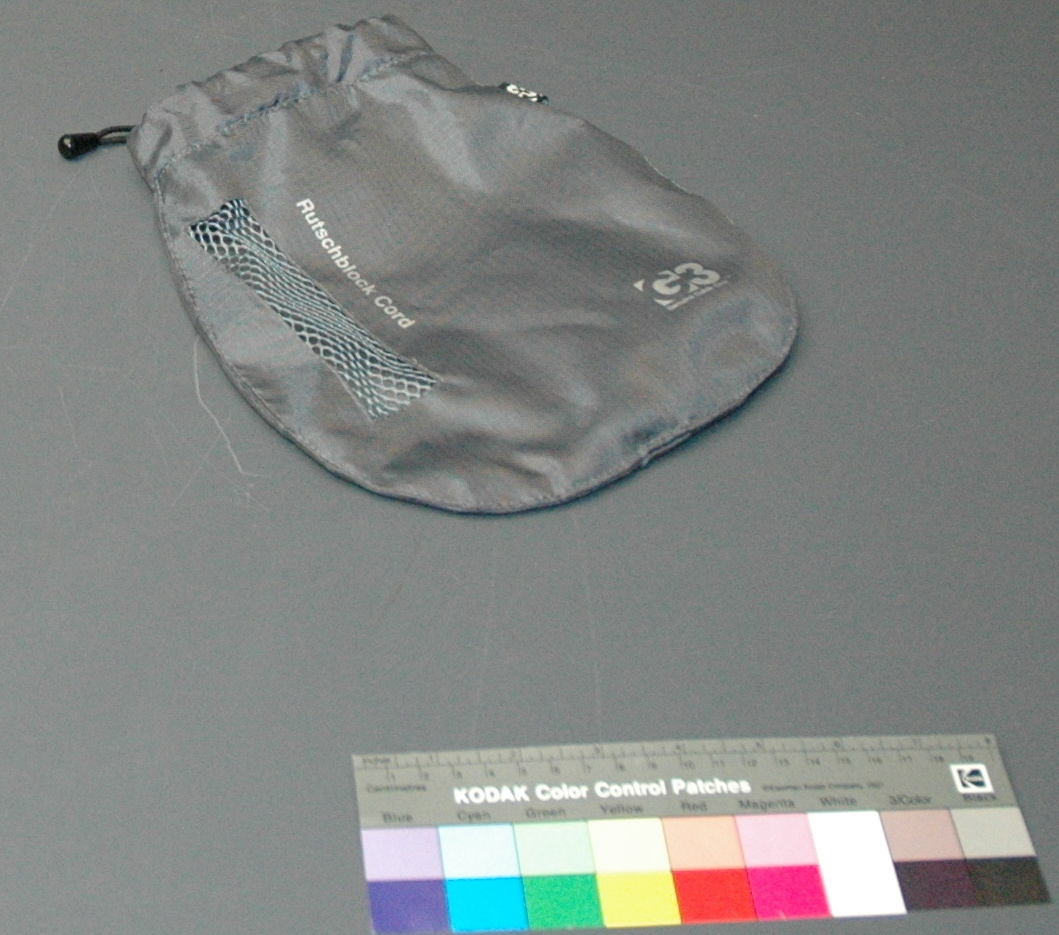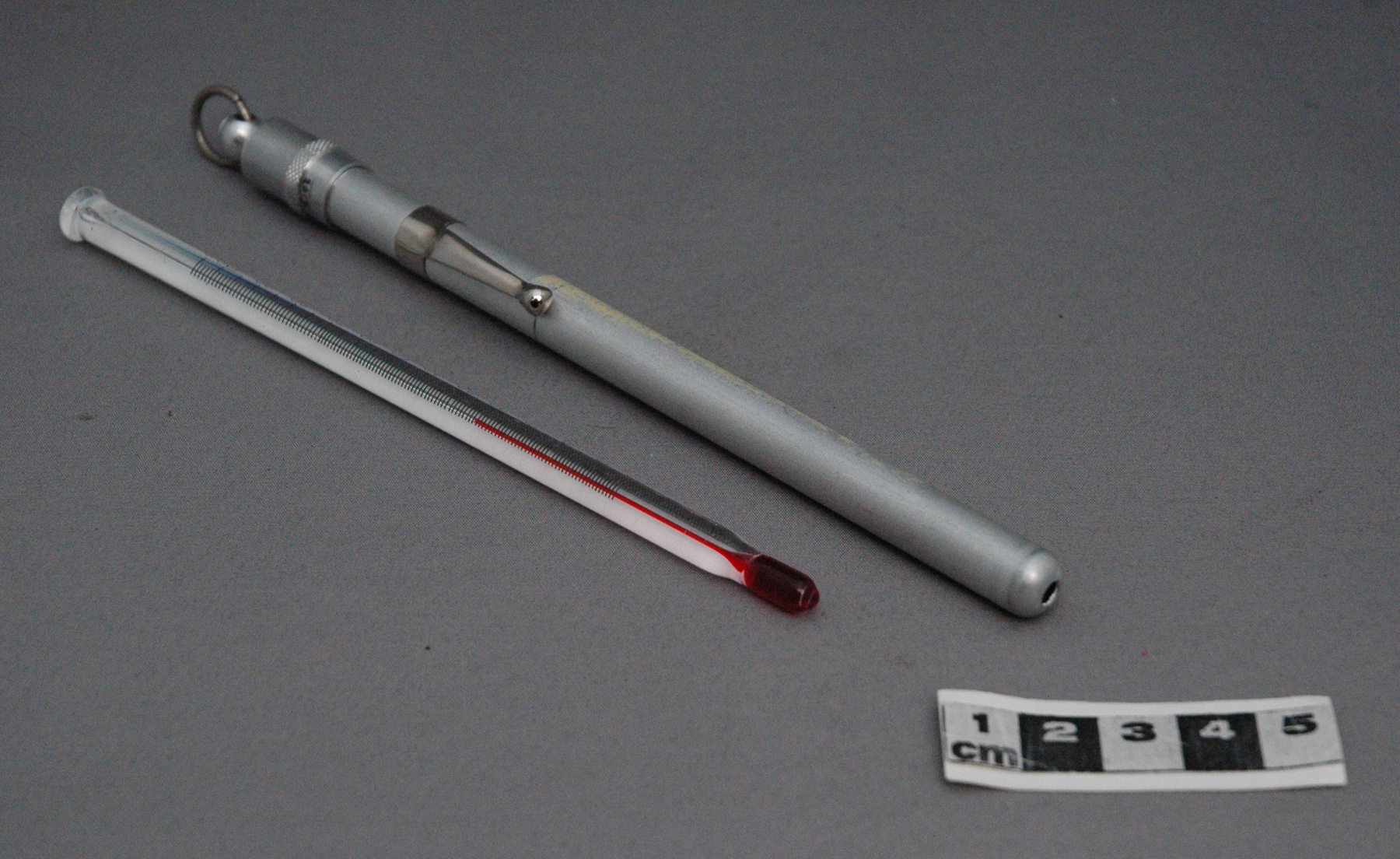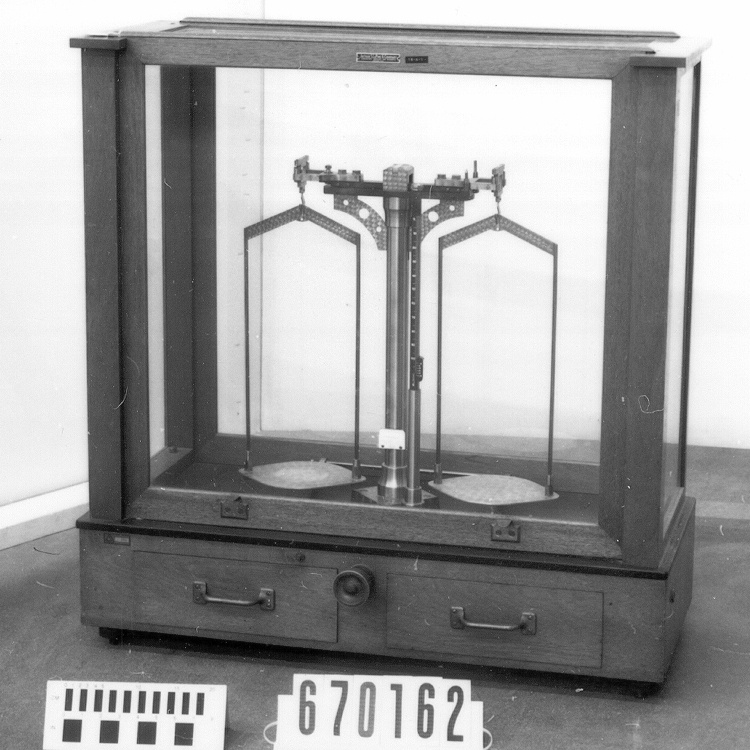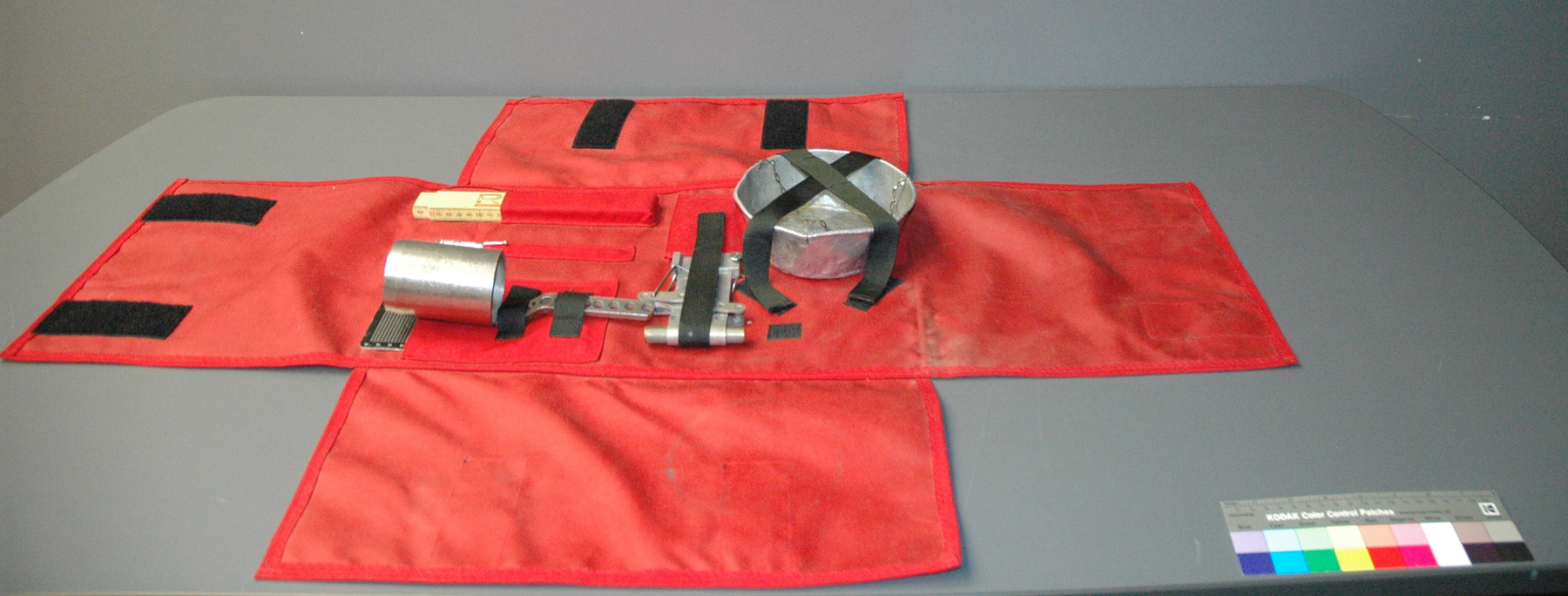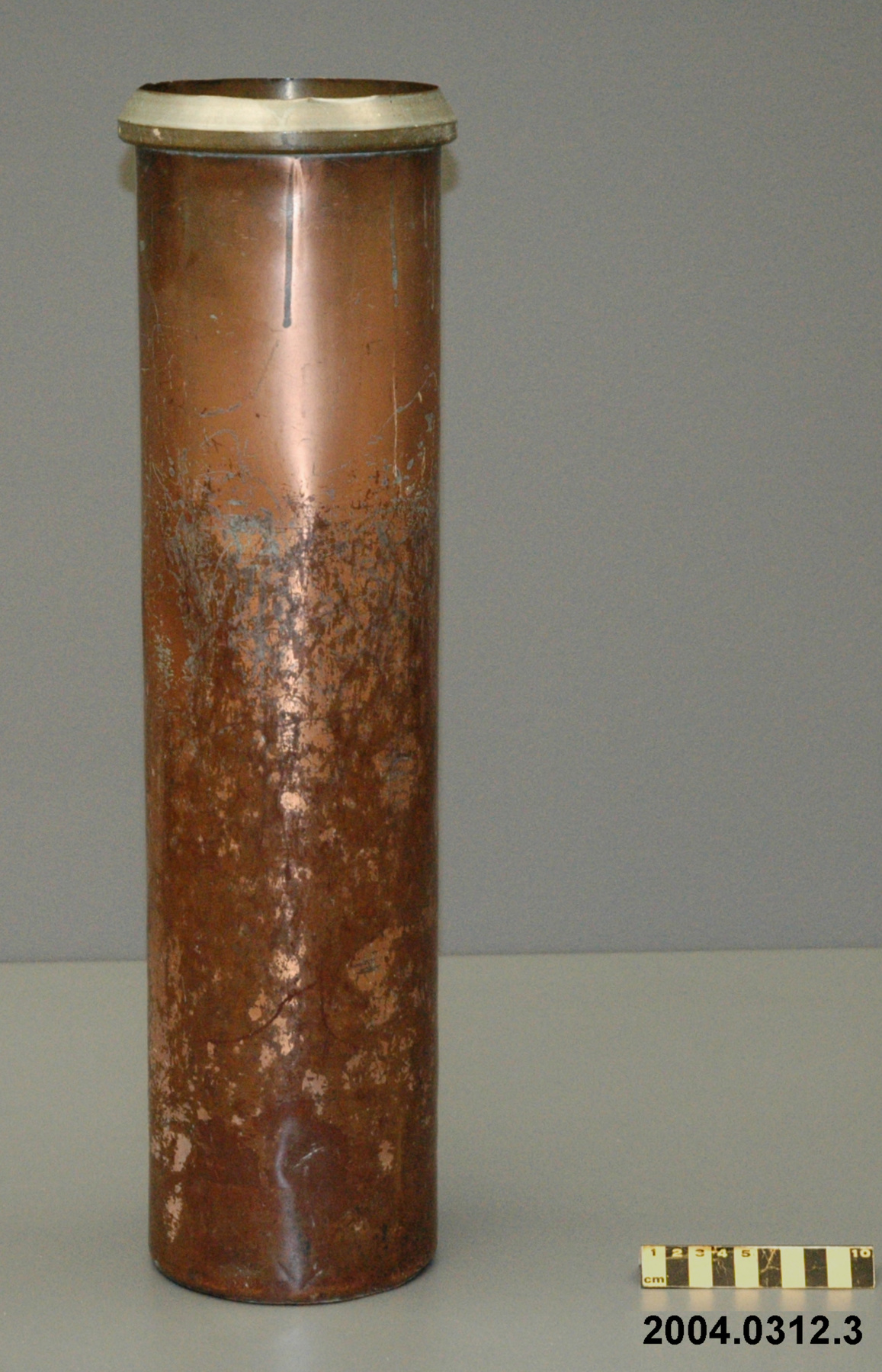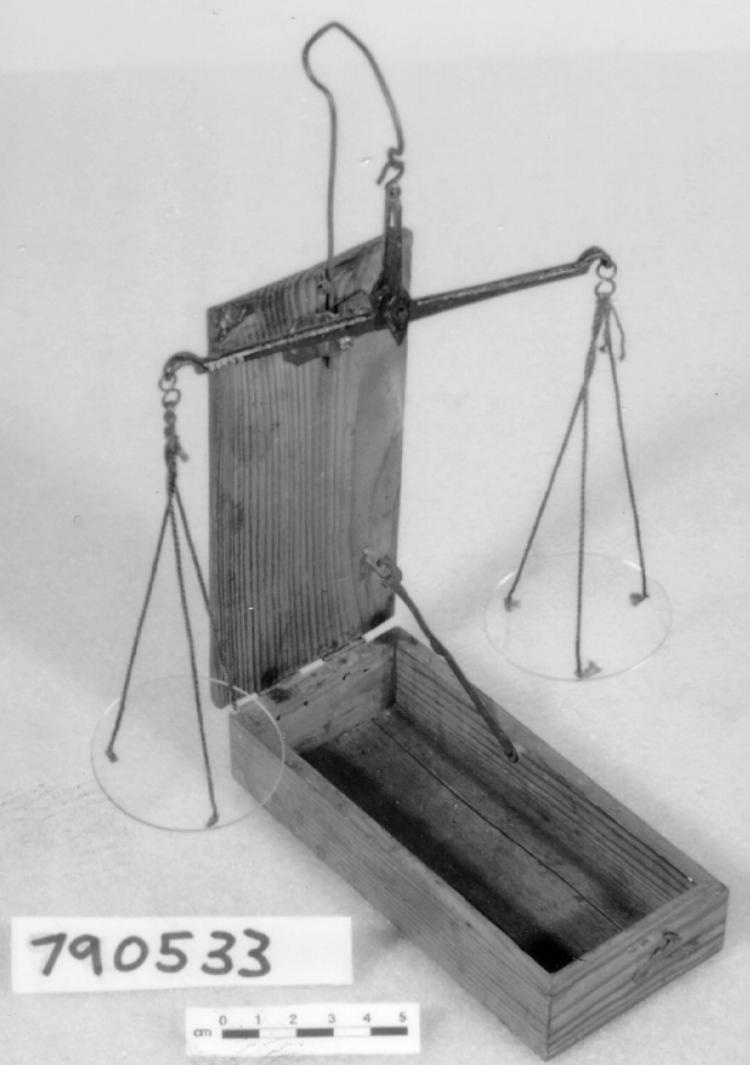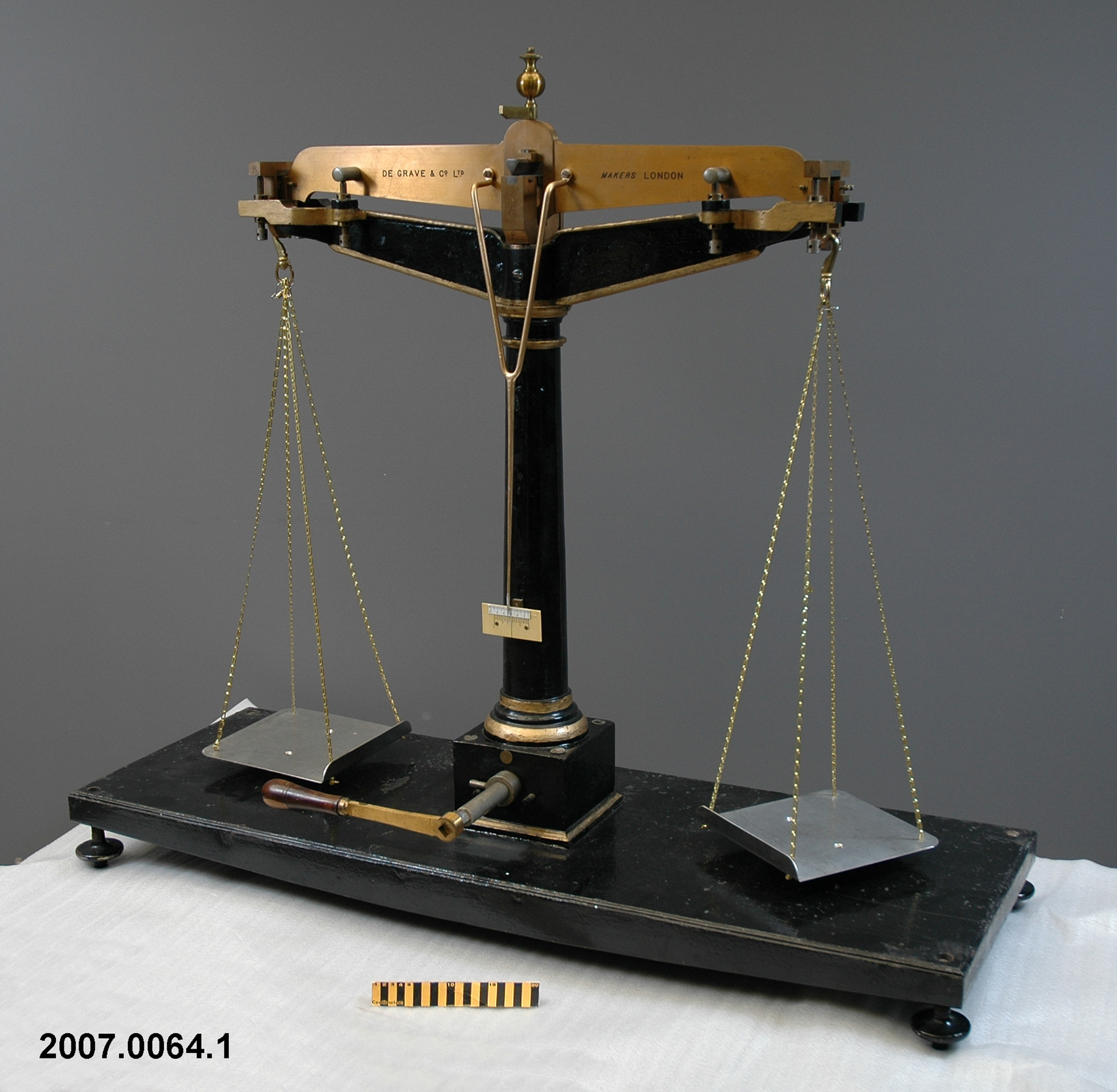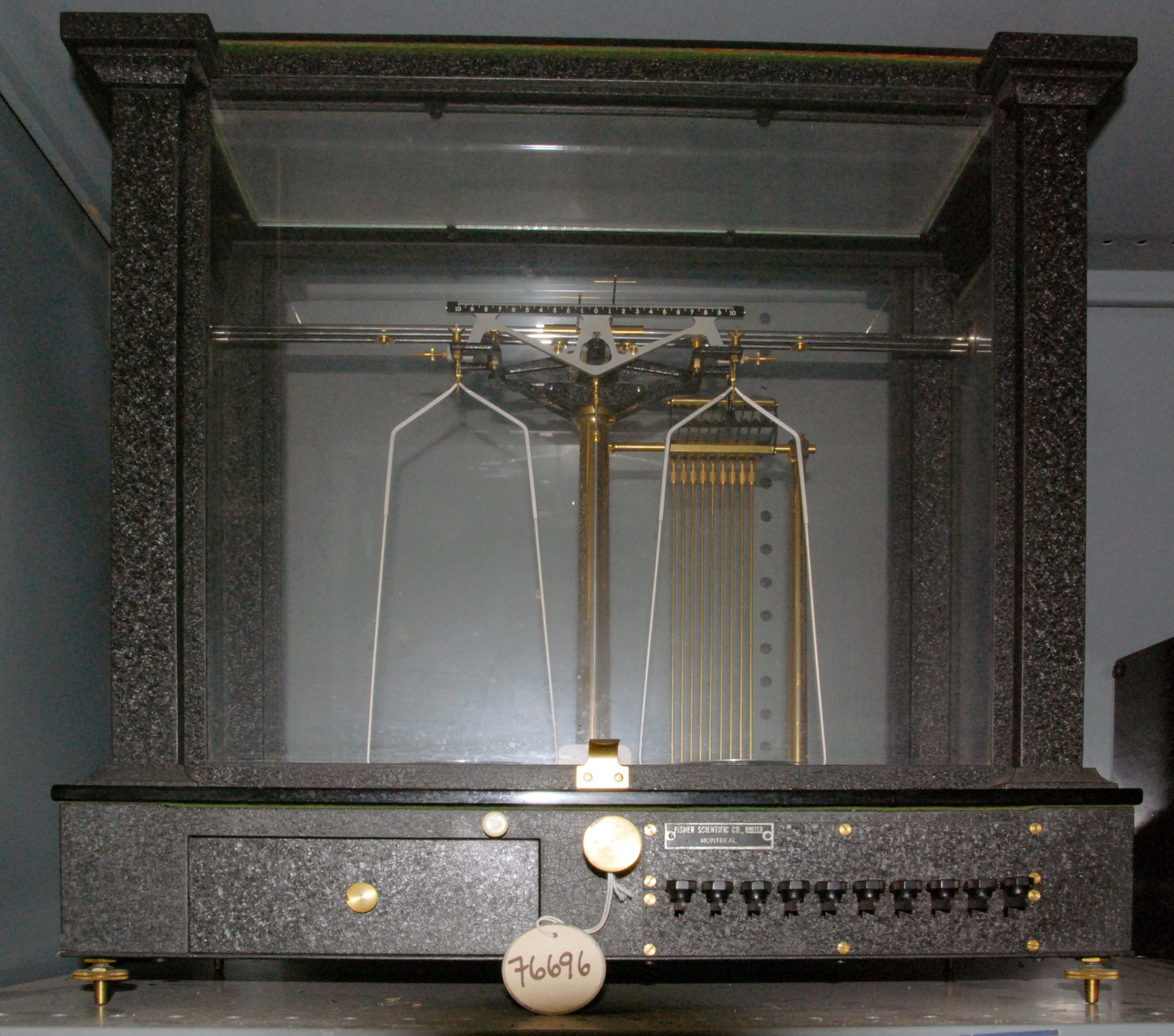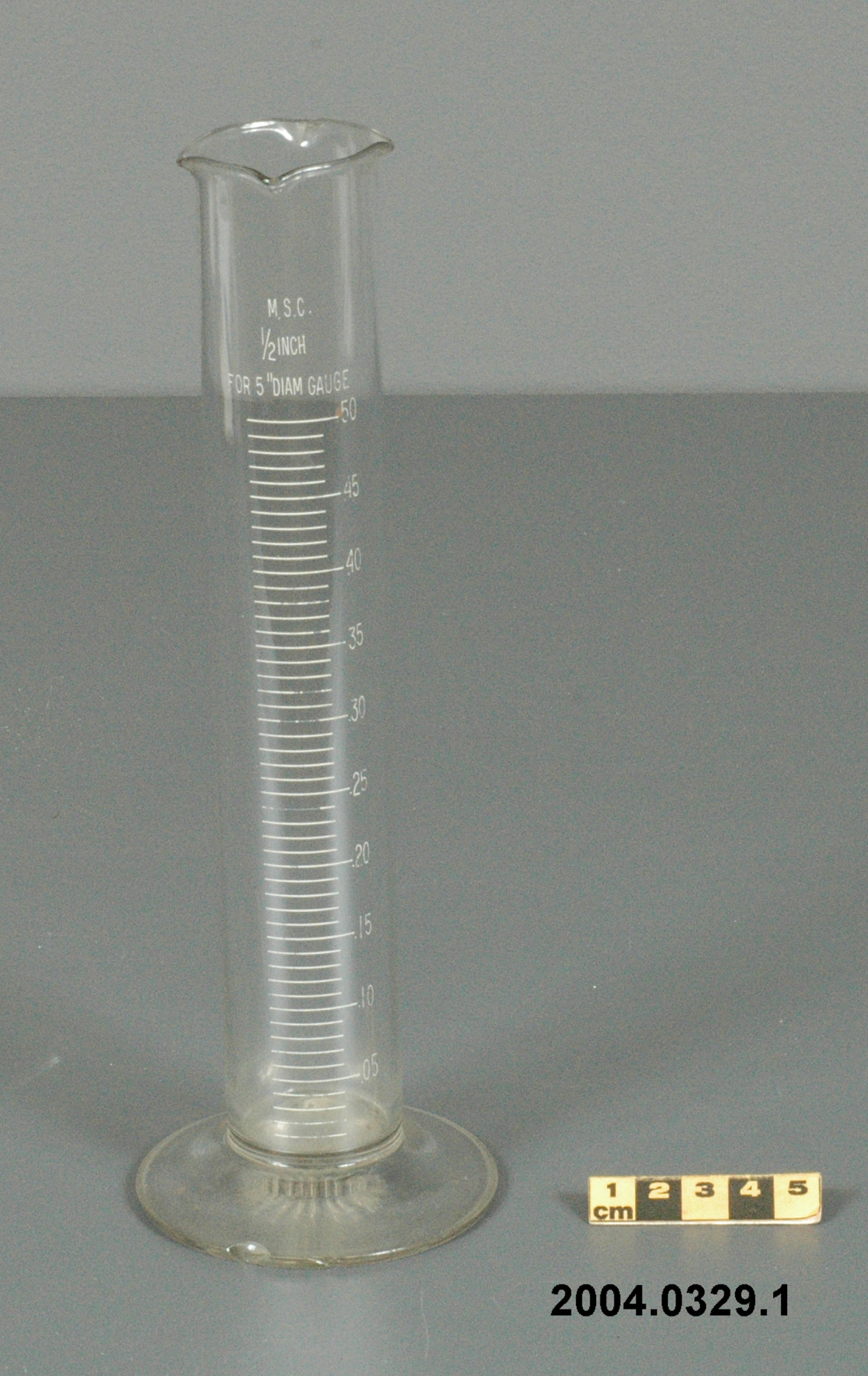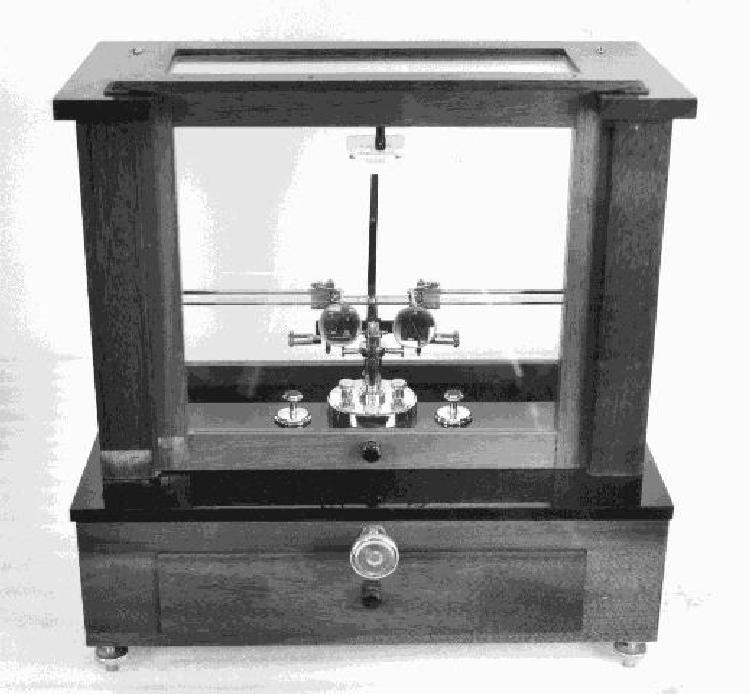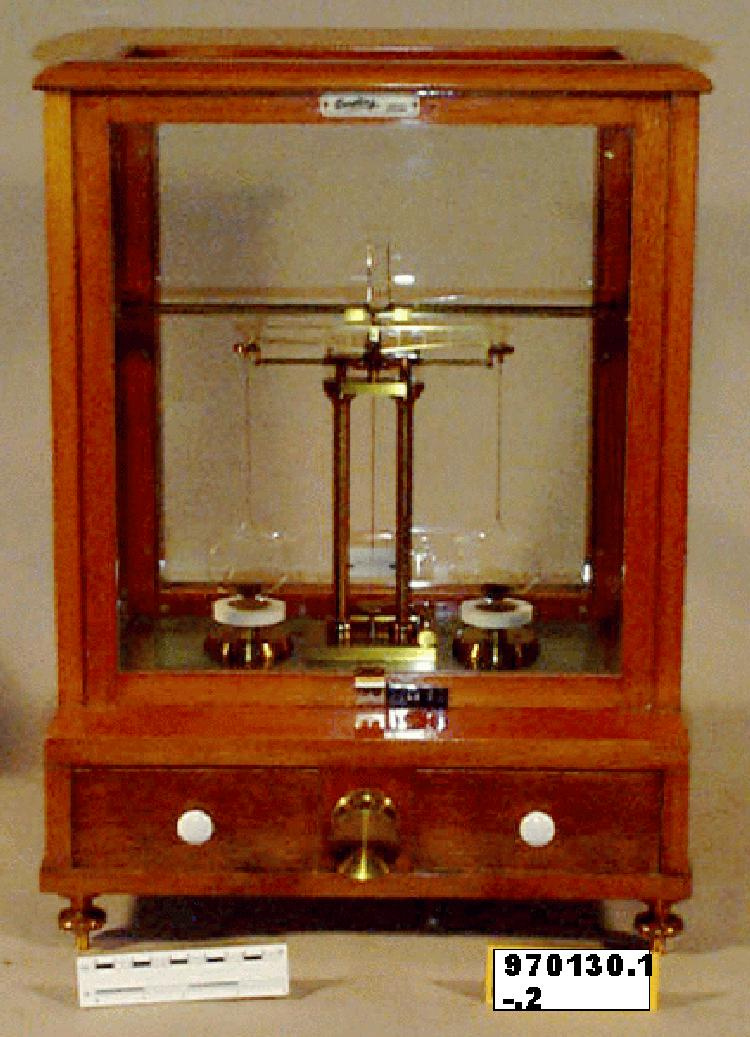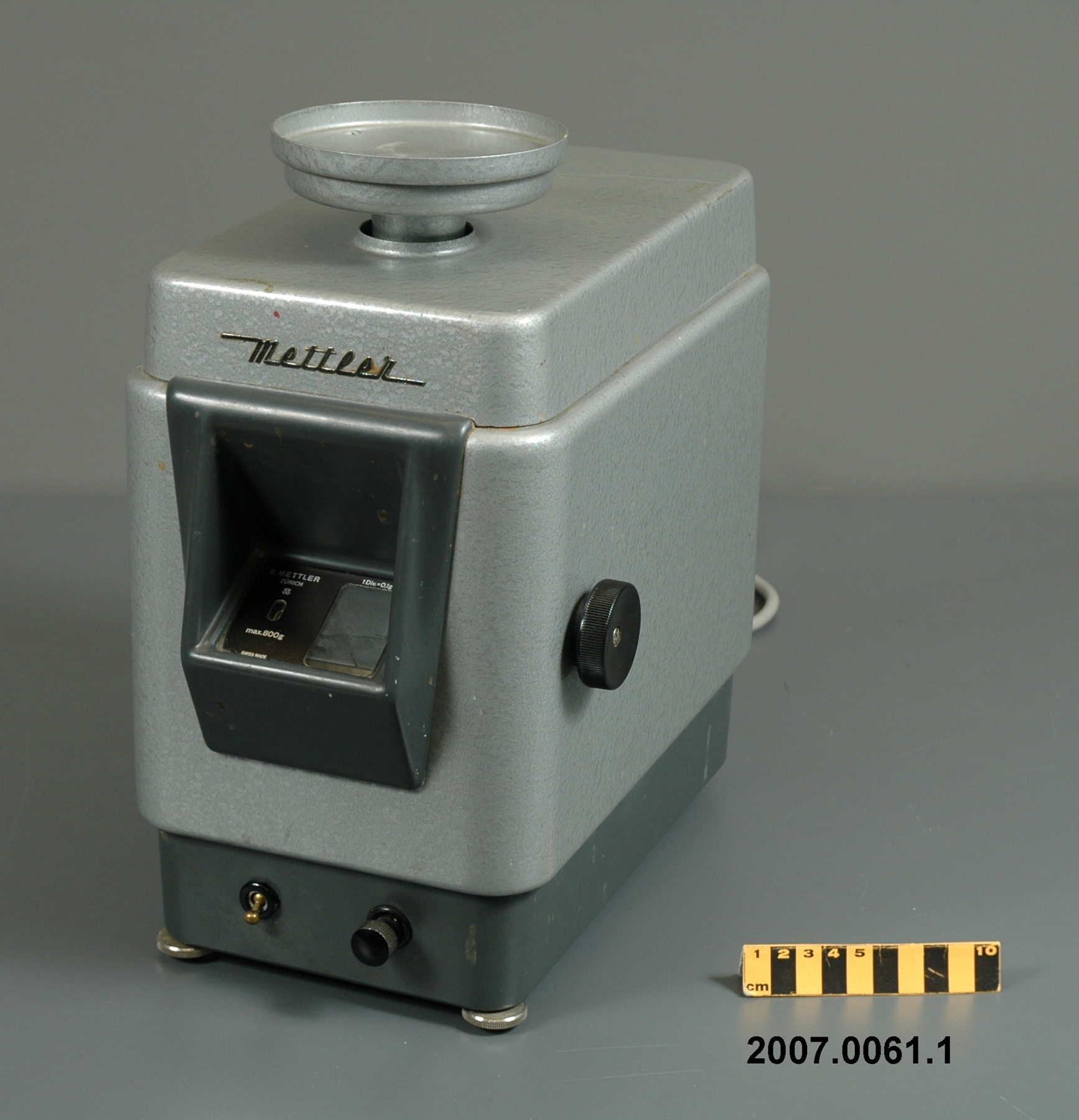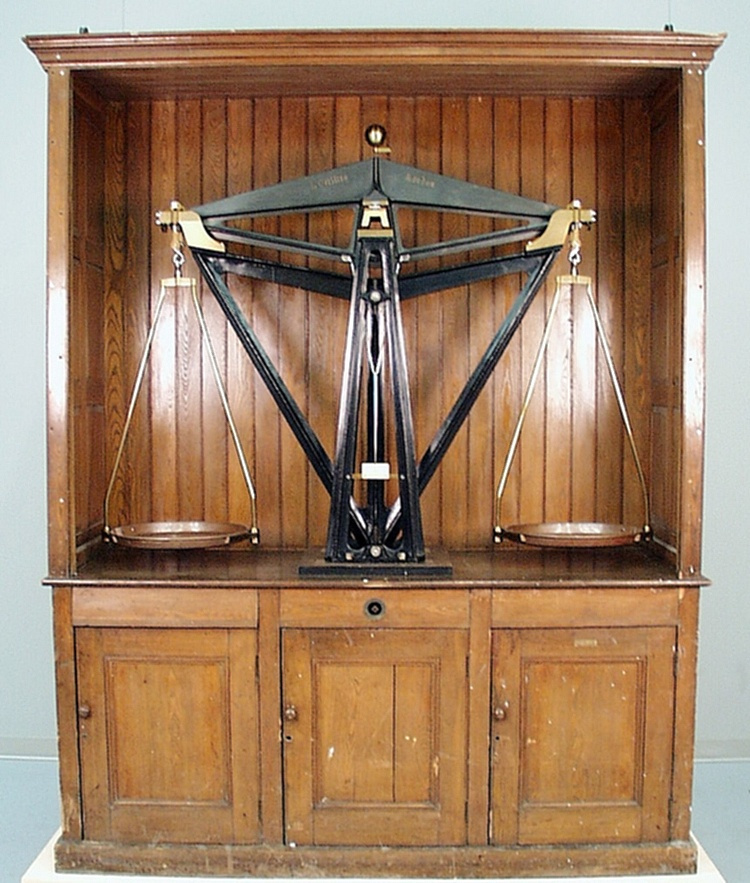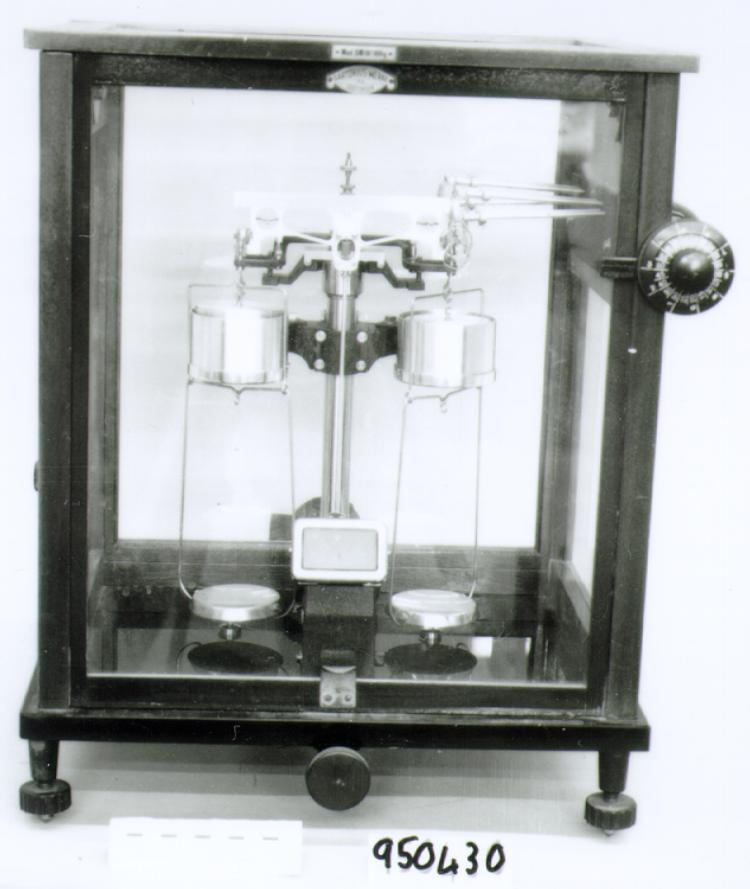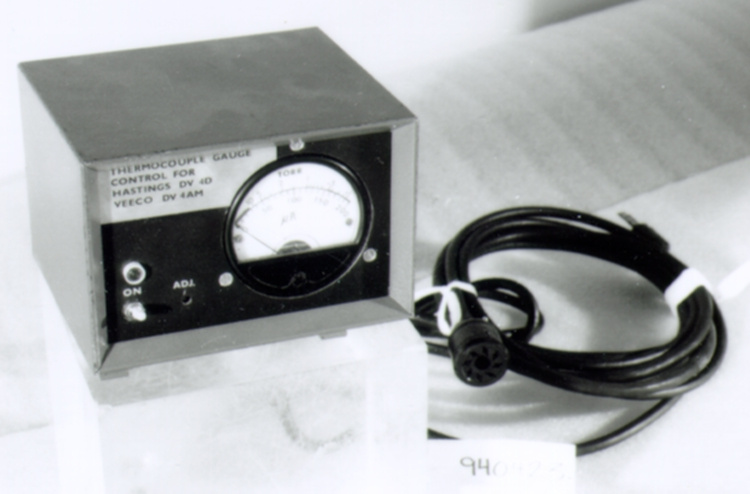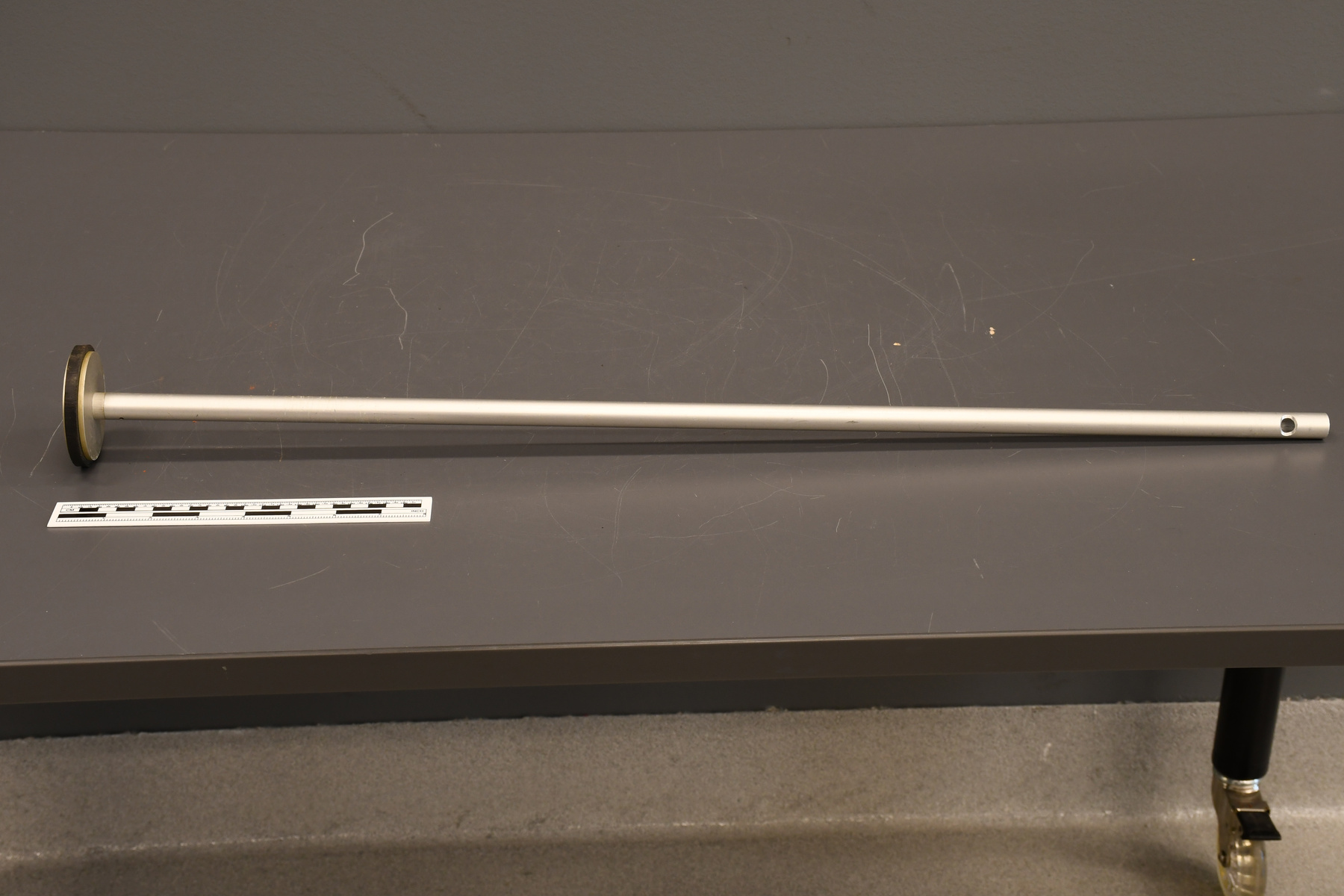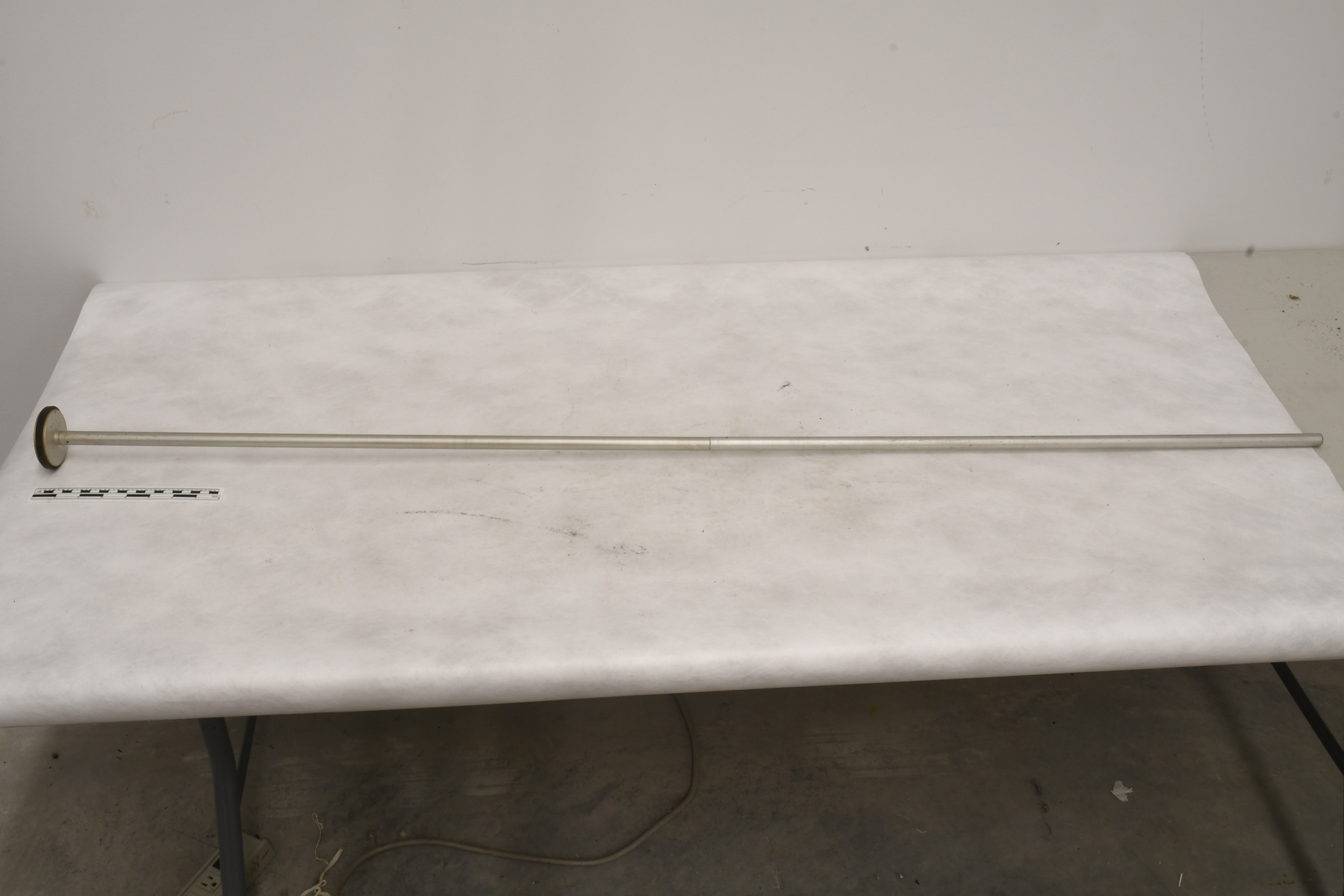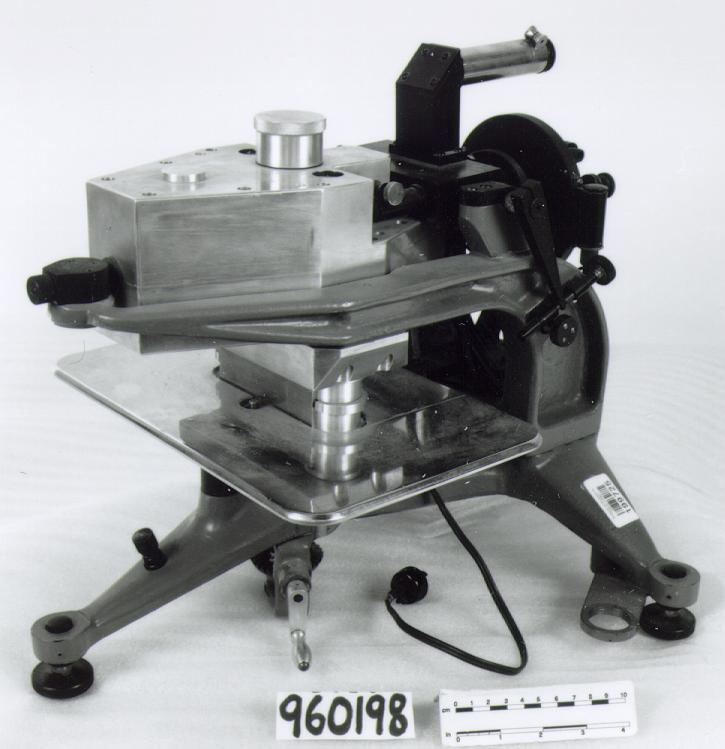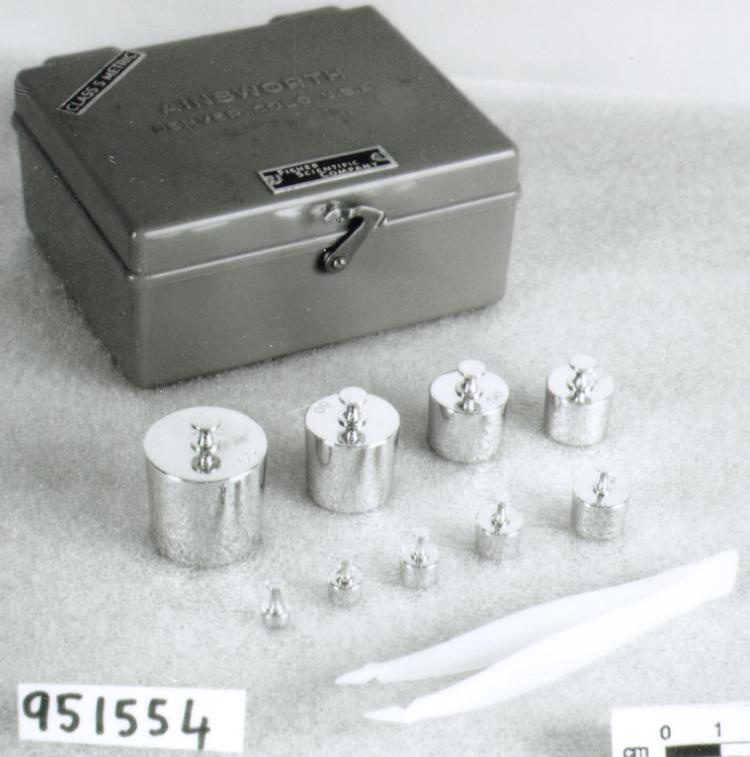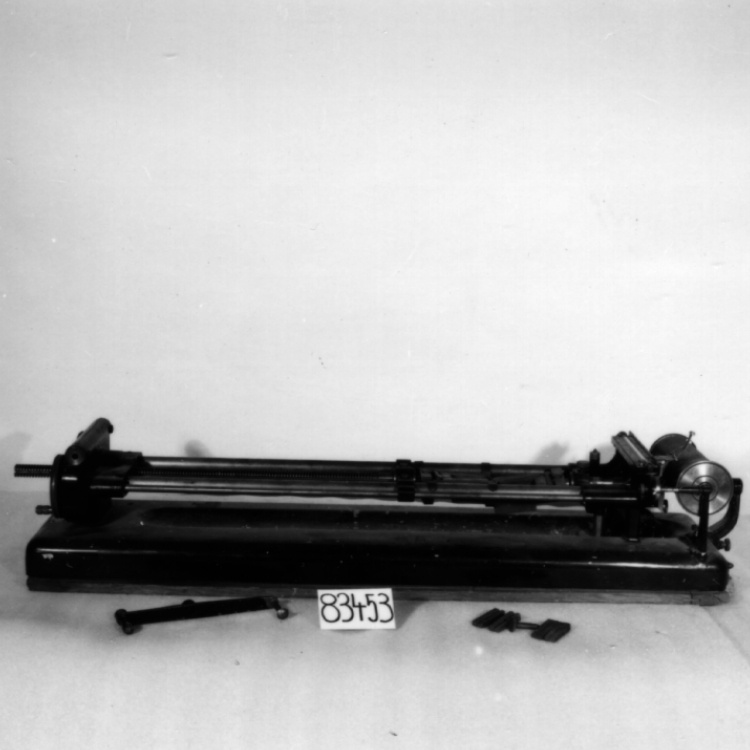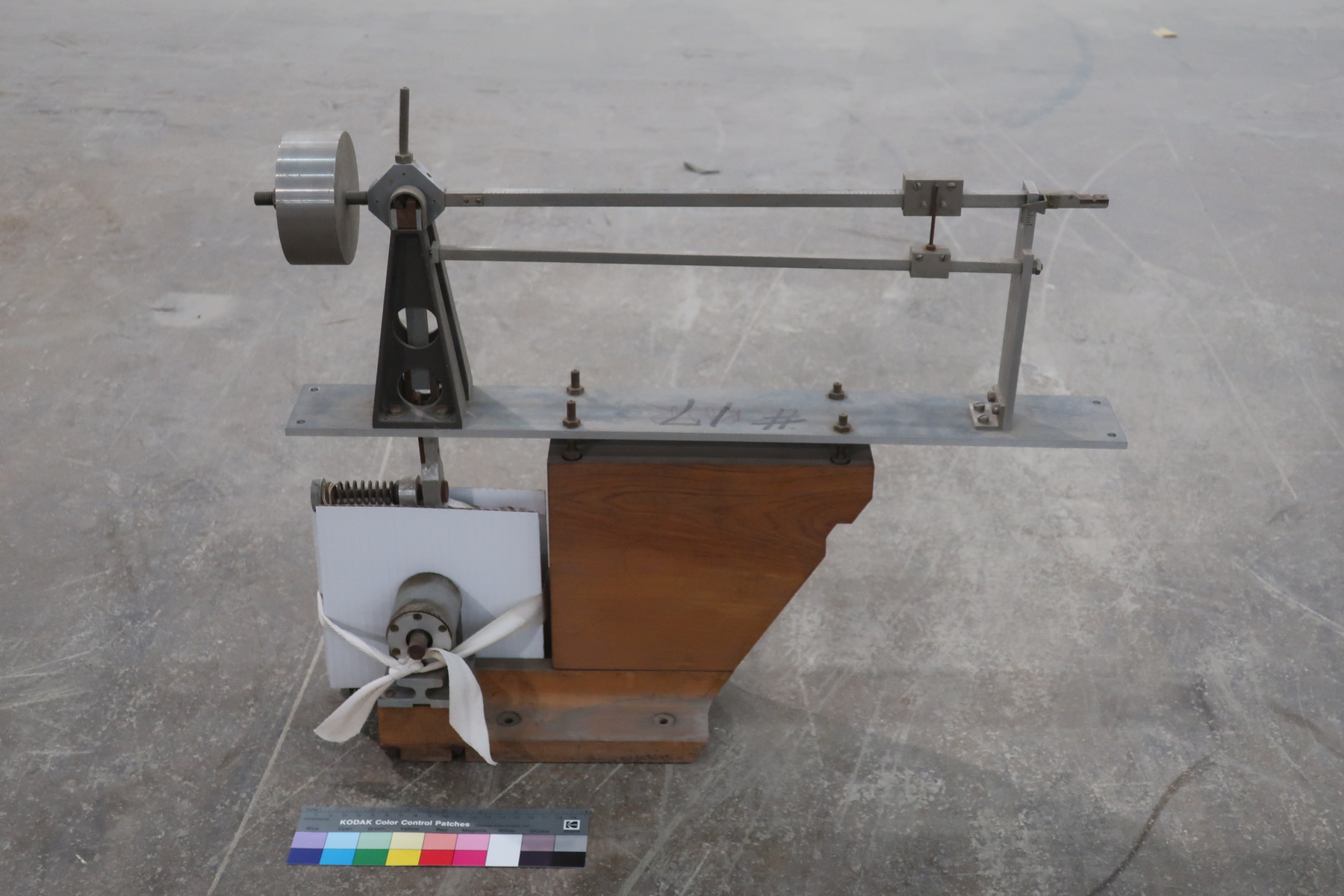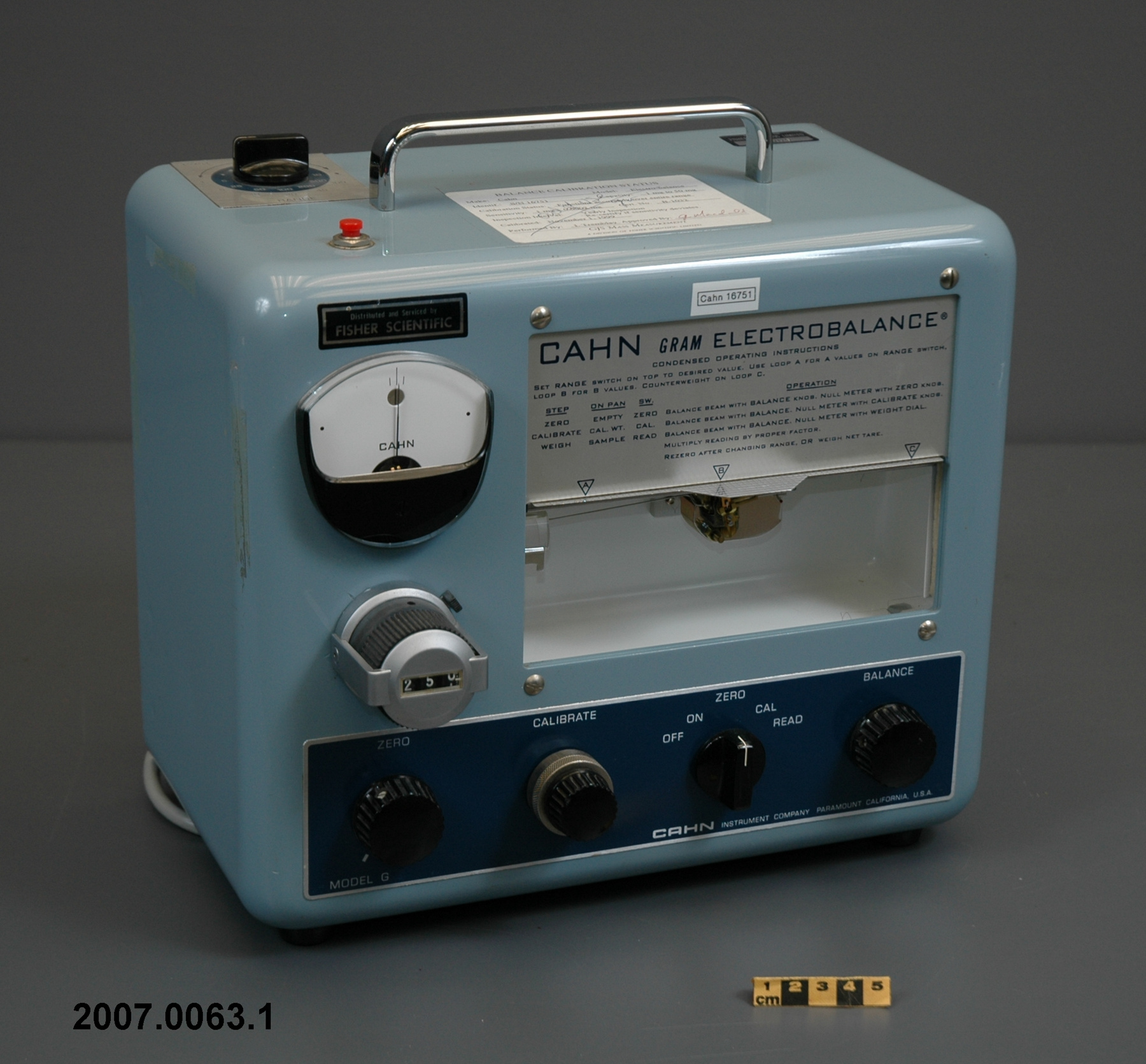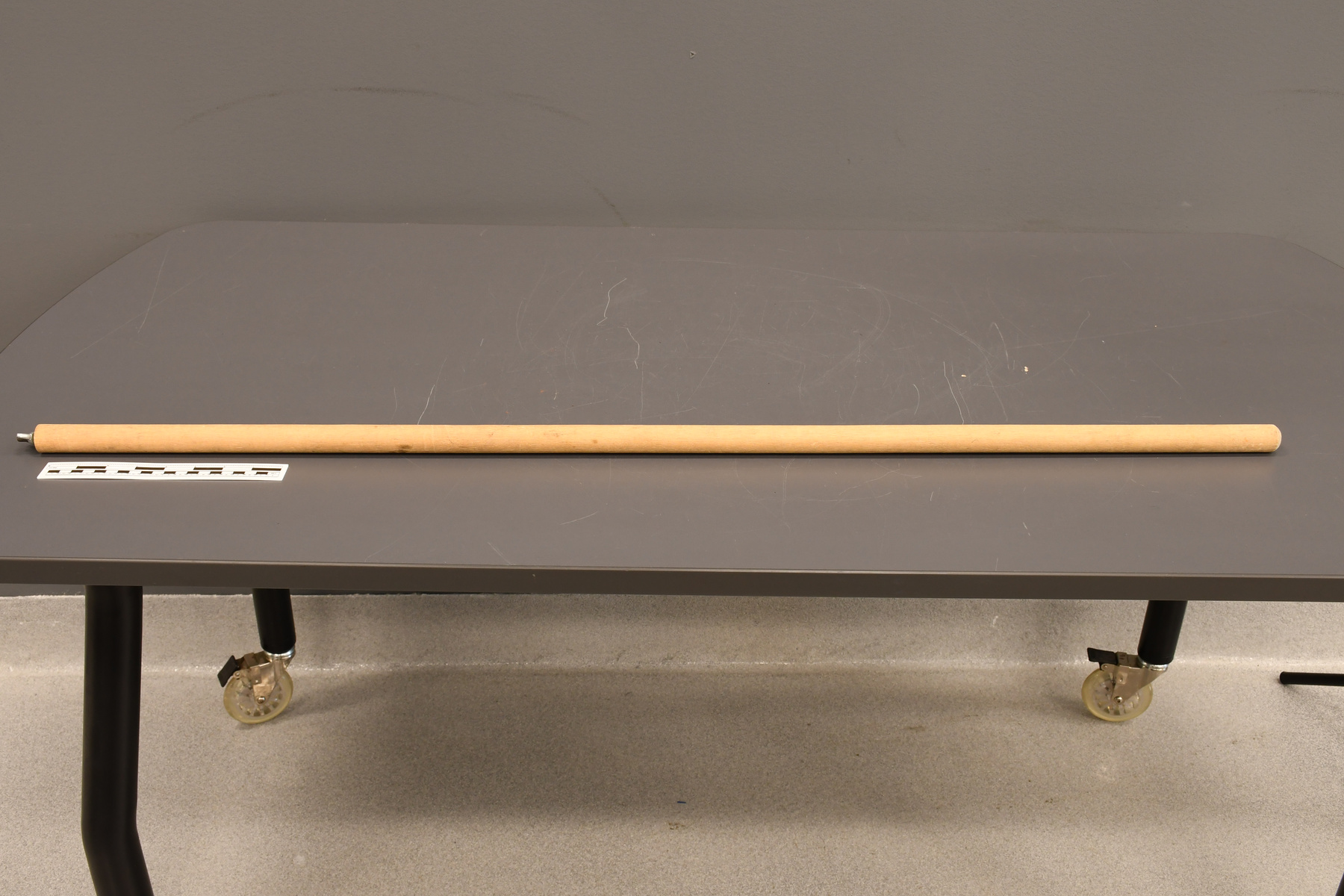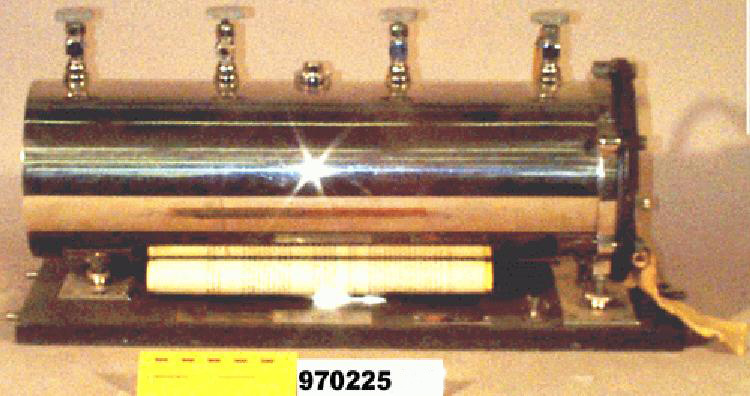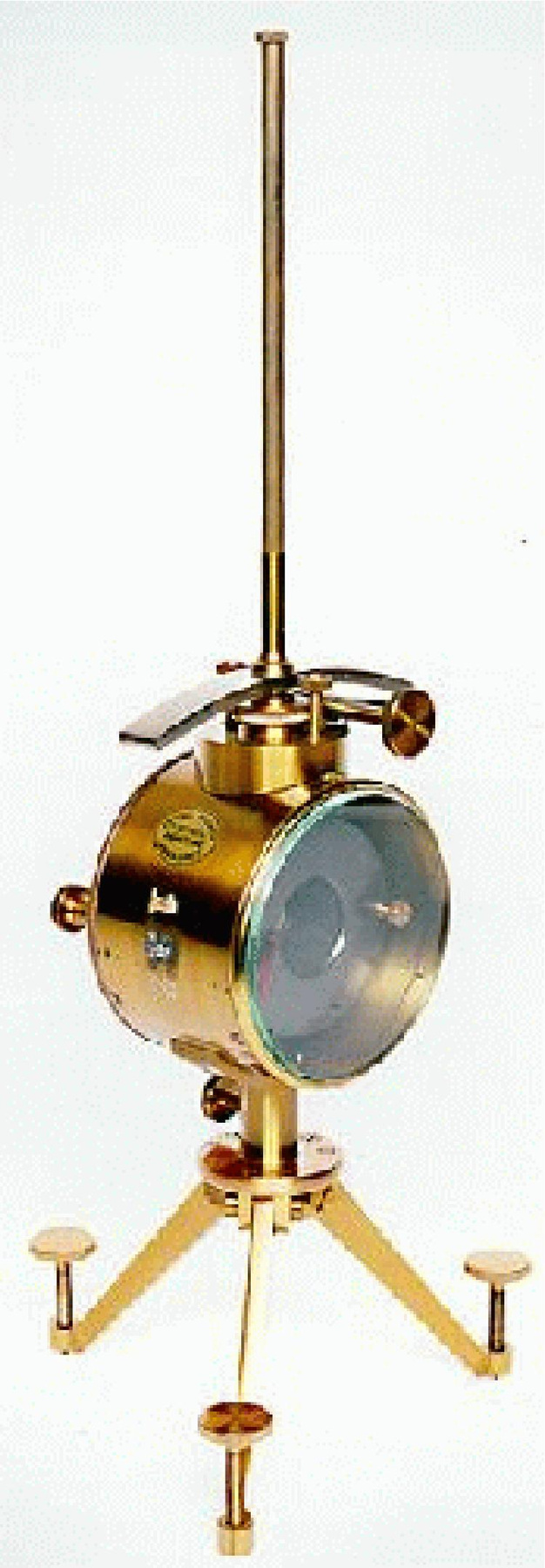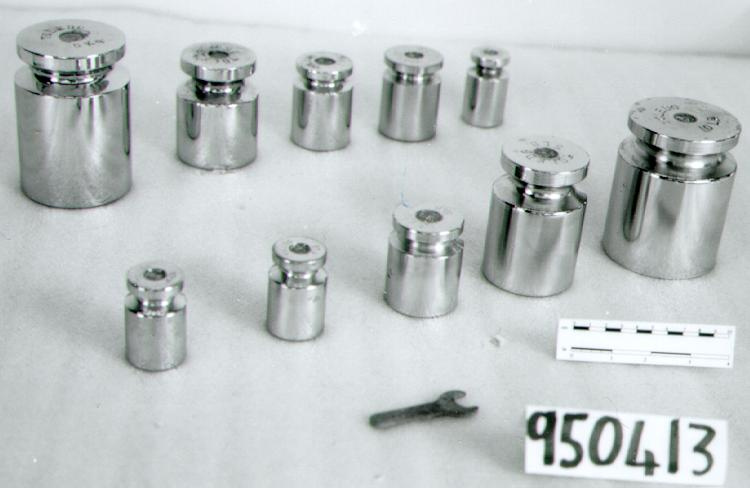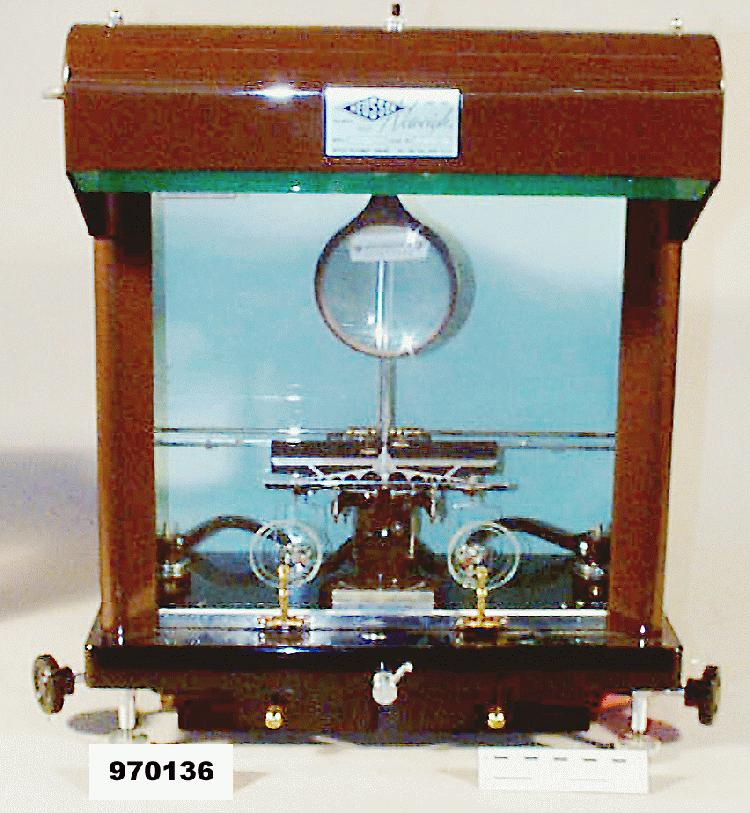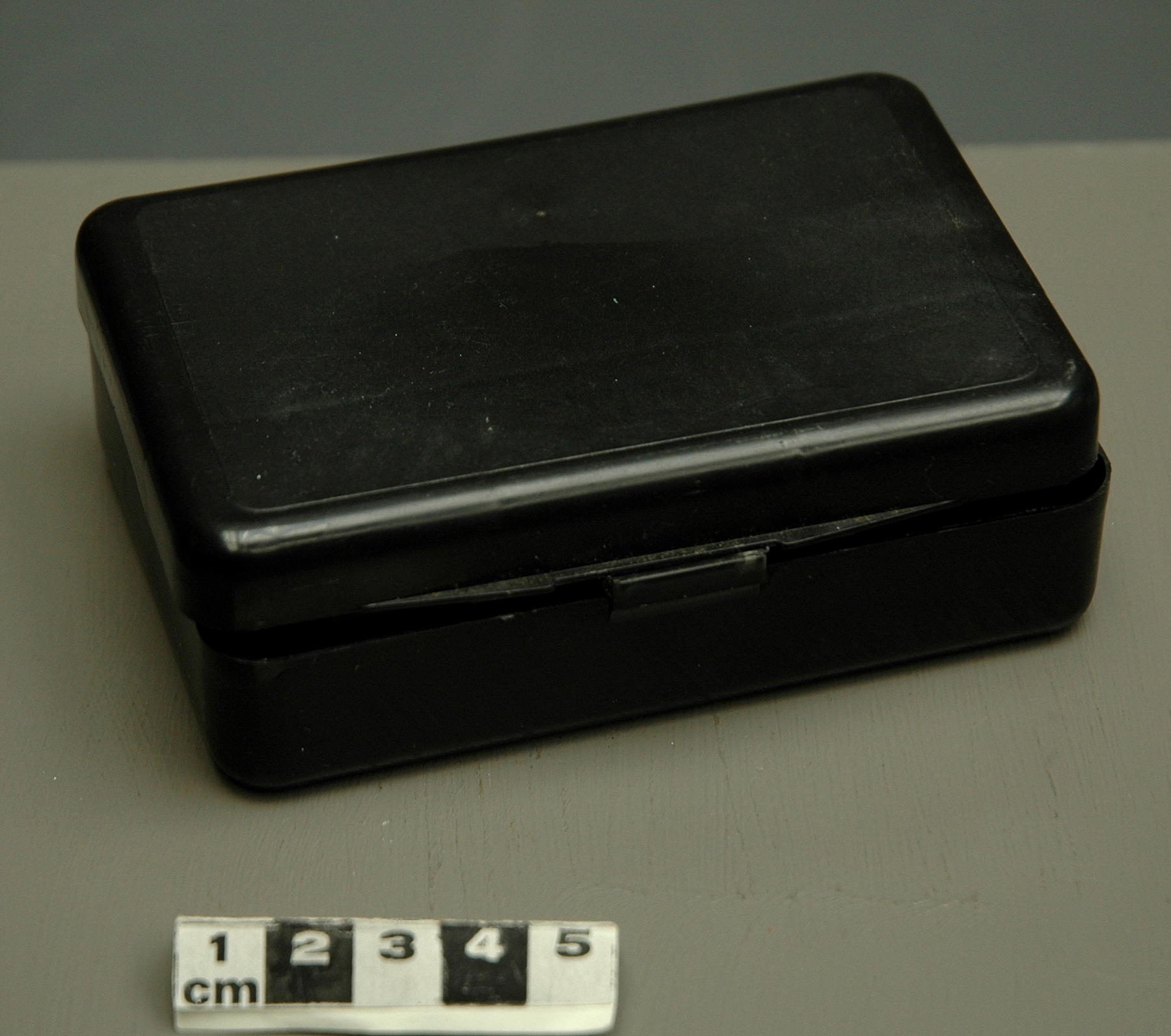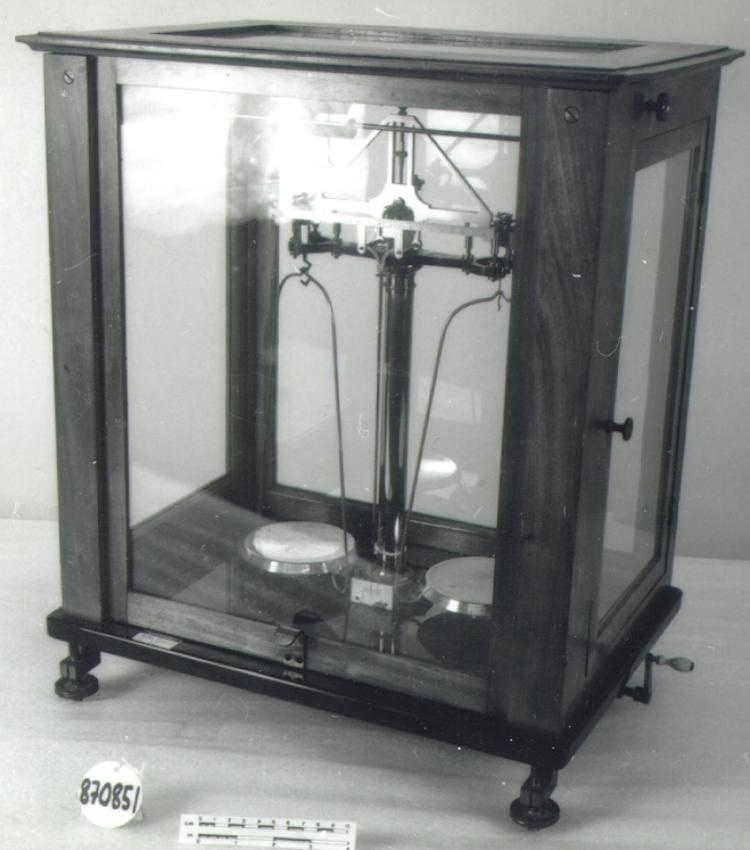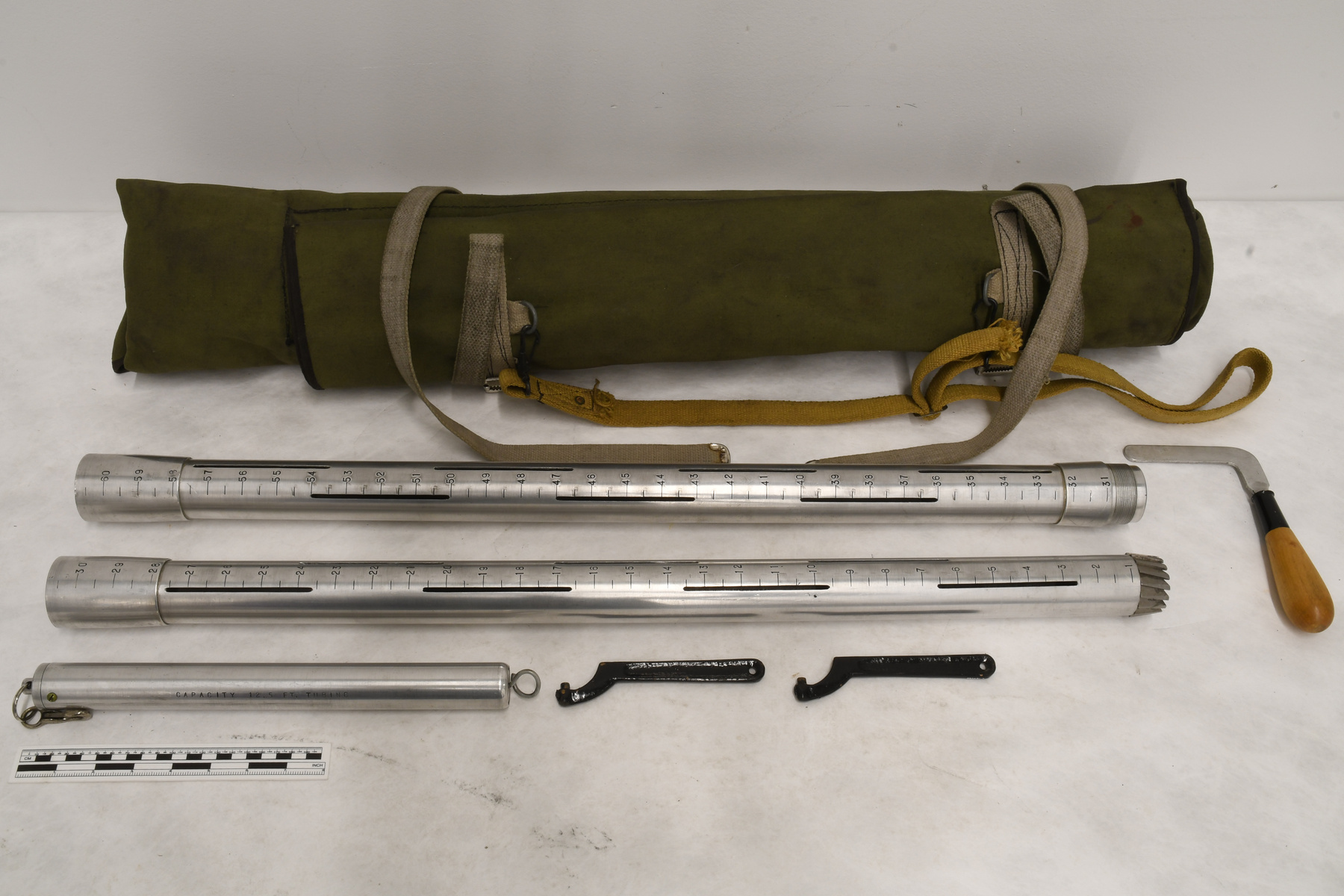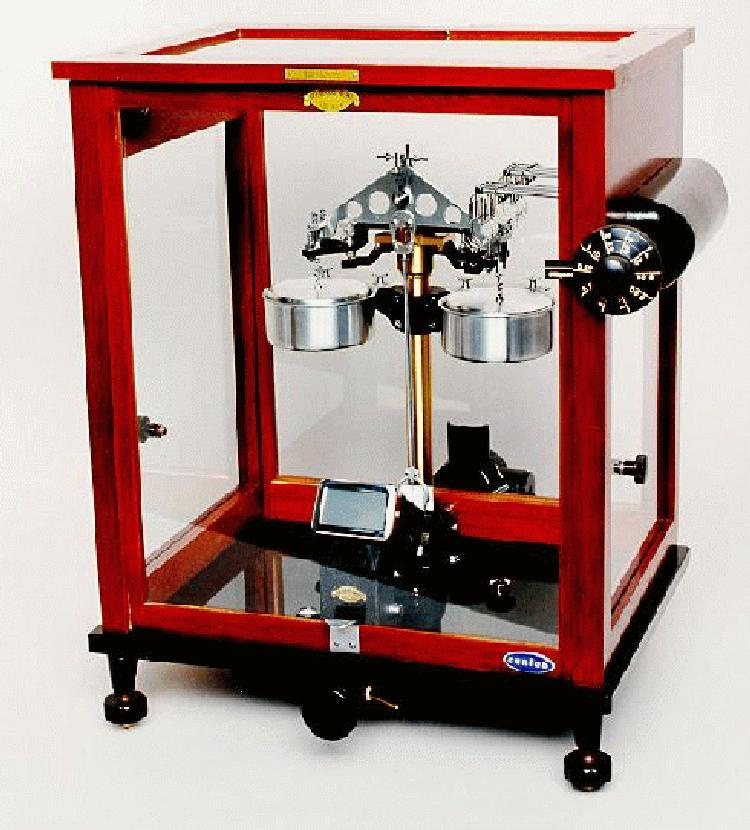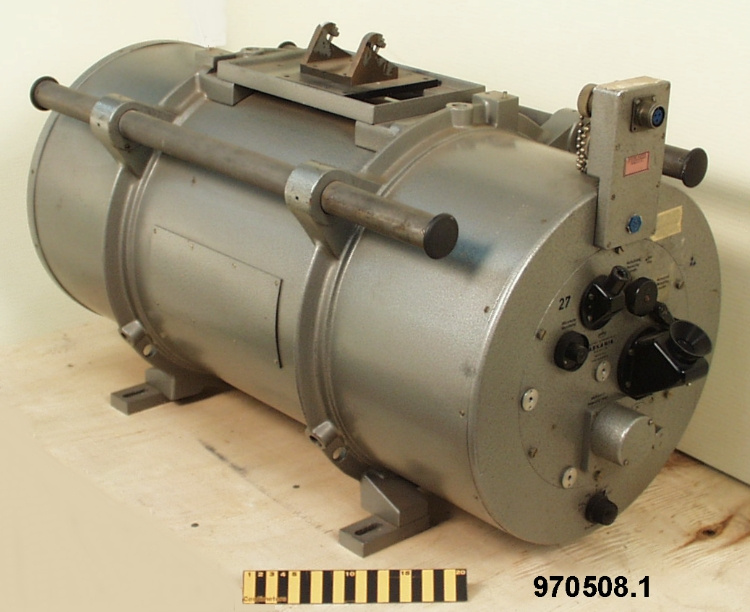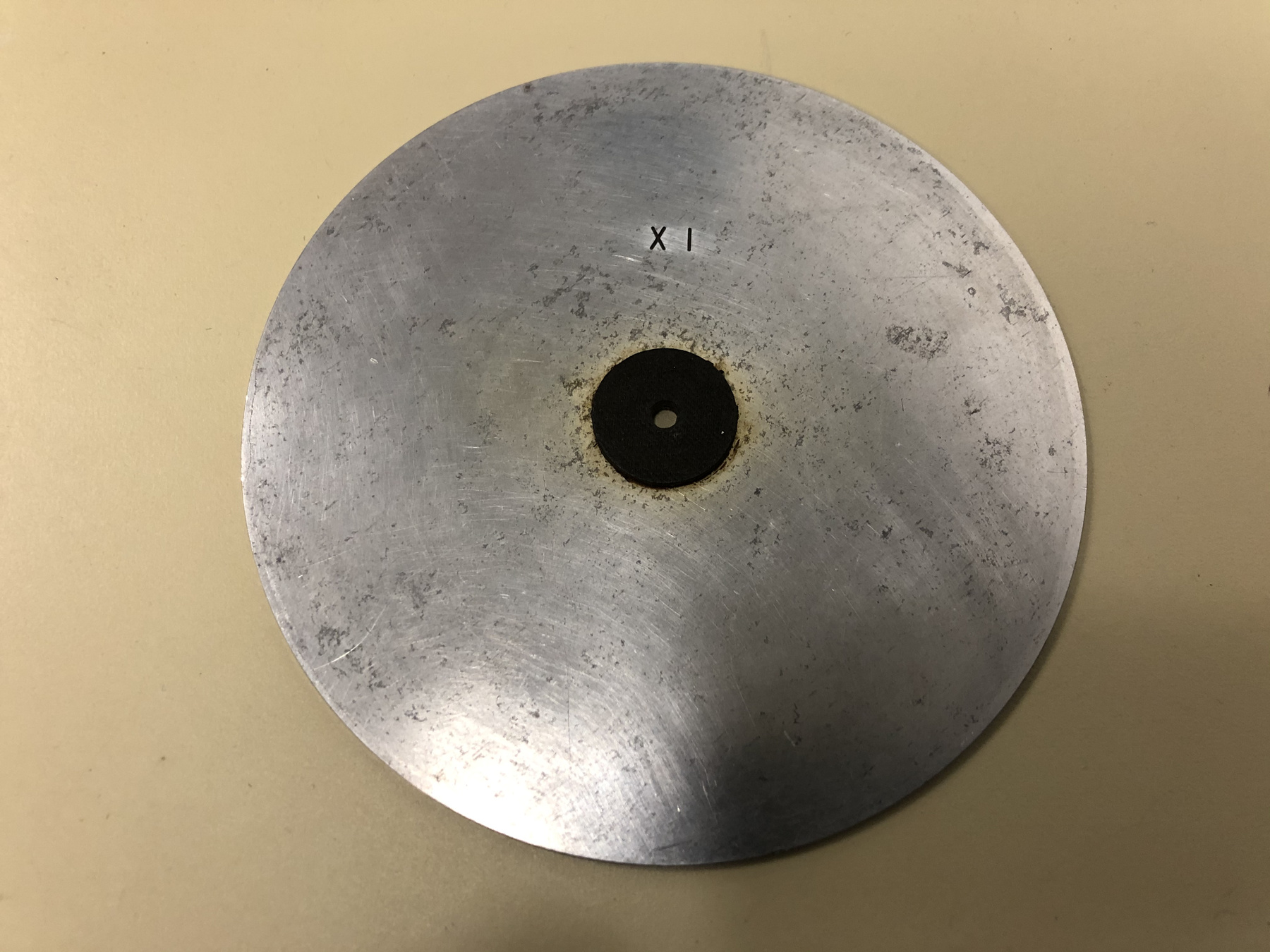Disc
Use this image
Can I reuse this image without permission? Yes
Object images on the Ingenium Collection’s portal have the following Creative Commons license:
Copyright Ingenium / CC BY-NC-ND (Attribution-NonCommercial 4.0 International (CC BY-NC 4.0)
ATTRIBUTE THIS IMAGE
Ingenium,
2017.0045.015
Permalink:
Ingenium is releasing this image under the Creative Commons licensing framework, and encourages downloading and reuse for non-commercial purposes. Please acknowledge Ingenium and cite the artifact number.
DOWNLOAD IMAGEPURCHASE THIS IMAGE
This image is free for non-commercial use.
For commercial use, please consult our Reproduction Fees and contact us to purchase the image.
- OBJECT TYPE
- N/A
- DATE
- Unknown
- ARTIFACT NUMBER
- 2017.0045.015
- MANUFACTURER
- Unknown
- MODEL
- Unknown
- LOCATION
- Unknown
More Information
General Information
- Serial #
- N/A
- Part Number
- 15
- Total Parts
- 17
- AKA
- N/A
- Patents
- N/A
- General Description
- Metal
Dimensions
Note: These reflect the general size for storage and are not necessarily representative of the object's true dimensions.
- Length
- N/A
- Width
- N/A
- Height
- N/A
- Thickness
- N/A
- Weight
- N/A
- Diameter
- N/A
- Volume
- N/A
Lexicon
- Group
- Metrology
- Category
- Mass/weight
- Sub-Category
- N/A
Manufacturer
- AKA
- Unknown
- Country
- Unknown
- State/Province
- Unknown
- City
- Unknown
Context
- Country
- Canada
- State/Province
- Unknown
- Period
- Early 1960's to 1980
- Canada
-
Taken from acquisition worksheet: A one-of-a-kind NRC Standard Snow Instruments box kit designed by Canadian inventor George Klein. This one, which bears the serial number 56, was used by glaciologist Stan Paterson (1924-2013) while working with Canada’s Polar Continental Shelf Program (PCSP) from the early 1960’s to 1980. This box kit is a rare find and the only one known to exist at this time. A much sought-after object by many, it was donated by David Fisher, a glaciologist with PCSP and colleague of Paterson’s. George Klein, one of Canada’s foremost inventors, pioneer of the Alouette satellite program, developer of the STEM antenna and Canadarm developed this snow study kit in the late 1940’s while working in the NRC Division of Mechanical Engineering. Valued for its light weight, compactness, durability, and adaptability for use in the field, the Klein kit was demonstrated at the 1947 Conference on Snow and Ice in Ottawa where it gained much acceptance. In fact, the NRC went on to manufacturing and selling dozens. The ease of use and standardized methodology no doubt prompted others to adopt and adapt it to their areas of research, including Stan Paterson’s use in glaciology, and Peter Schaerer and Parks Canada in avalanche research and forecasting. See a 1958 video of the Klein snow kit in use in Rogers Pass, B.C. on You Tube. This kit was used by Stan Paterson while working with the Polar Continental Shelf Program from the early 1960’s to 1980. Before immigrating to Canada in 1957, Paterson was a member of the British North Greenland Expedition (1953), South Georgia Expedition (1956), and Scottish East Greenland Expedition (1958). He obtained his PhD in glaciology from the University of British Columbia in 1962 with field work on the geometry, flow and thermal properties of the Athabasca Glacier. As a leading and influential glaciologist with the Polar Continental Shelf Program, Paterson conducted pioneering work establishing Canada’s original ice-coring program on Meighen and Devon Islands in the Canadian High Arctic as well as work in the Rocky Mountains. While with PCSP, Paterson authored one of the foundation textbooks on glaciology - The Physics of Glaciers (1969), now in its’ 4th edition. In 1974, Paterson and his team’s pioneering research produced one of the earliest surface-to-bedrock ice cores on Devon Island that analyzed structure, chemistry and oxygen isotopes that yielded detailed records of past climates. Data acquired by Paterson and his teams over several decades of work have contributed to our understanding of climate change, and informed the Intergovernmental Panel on Climate Change. - Function
-
A snow study kit used to determine snow hardness, specific gravity, temperature, free water content and the size and shape of snow crystals. - Technical
-
Taken from acquisition worksheet: Used to measure the properties and characteristics of snow and the physics of snow-covers, the instruments measure snow hardness, specific gravity, temperature, free water content, the size and shape of snow crystals. The methods, instructions for use, and the technical function of each instrument, as well as diagrams and photos are well documented in Method of Measuring the Significant Characteristics of a Snow-Cover (NRC Report No. MM-192, 1946) and Canadian Survey of Physical Characteristics of Snow-Covers (NRC Technical Memorandum No. 18, 1950). Klein’s original intention was to develop a system and kit in order to advance his research on ski landing gear for aircraft. However, in the absence of a standardized set of instruments for snow study and methodologies at the time, Klein developed his own, and a new system of measurement which he demonstrated at the (Proceedings of) 1947 Conference on Snow and Ice in Ottawa was born. As an example, the NRC-type beam type balance was chosen over a spring balance for it’s accuracy in cold temperatures. While missing from this kit, a separate beam balance (2013.0059.010) from a Standard Snow Instruments box kit was acquired from Parks Canada. The soft snow sample cutting tools were designed to cut into the snowpack horizontally, rotated about it axis for removing a 250cc snow sample and dumping it in the bowl. The NRC-type spring snow hardness gauge is used to obtain snow harness readings. Used horizontally against the wall of a snow trench or snow pit a reading is obtained by slowly pressing the gauge squarely against the snow. The gauge may also be used vertically to measure the hardness of a thin layer of surface snow. The beam balance, snow cutting tools, and bowl were used together to perform tests to determine the specific gravity, density of snow, and it’s free water content. The beam balance is graduated in metric units. The snow hardness gauge can be used horizontally at each layer in a snow pit, or vertically to measure the hardness of a thin layer of snow at the surface. - Area Notes
-
Unknown
Details
- Markings
- Incised print on larger disc "X1".
- Missing
- N/A
- Finish
- Large silver metal disc to which a smaller dark metal disc is affixed to. A hole is pierced in the center.
- Decoration
- N/A
CITE THIS OBJECT
If you choose to share our information about this collection object, please cite:
Unknown Manufacturer, Disc, Unknown Date, Artifact no. 2017.0045, Ingenium – Canada’s Museums of Science and Innovation, http://collections.ingeniumcanada.org/en/id/2017.0045.015/
FEEDBACK
Submit a question or comment about this artifact.
More Like This
